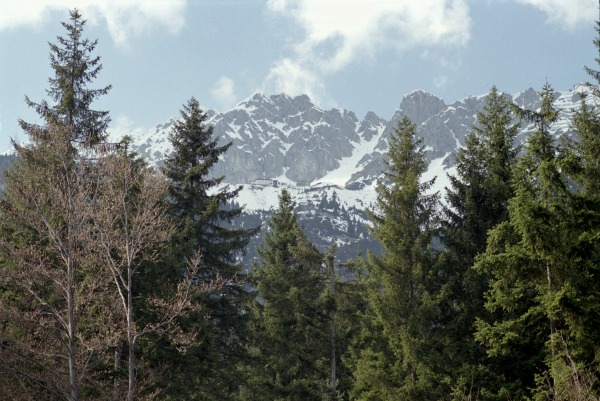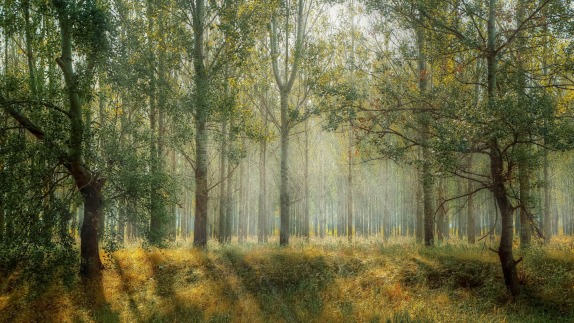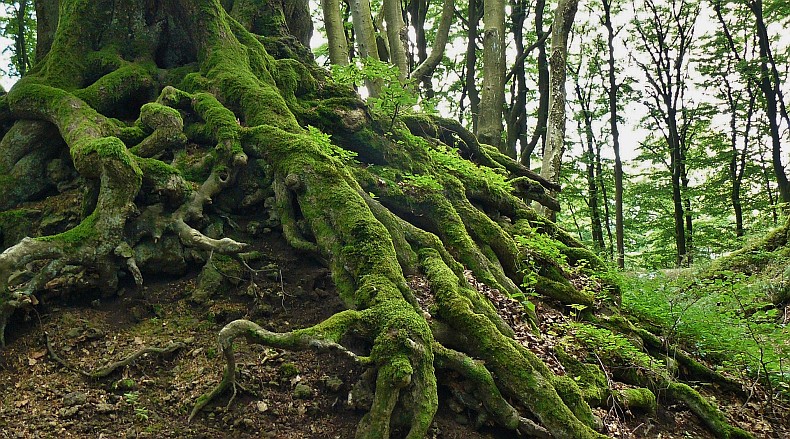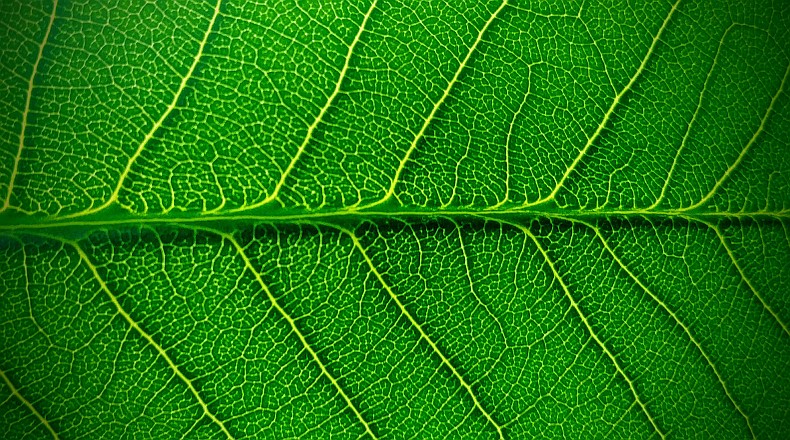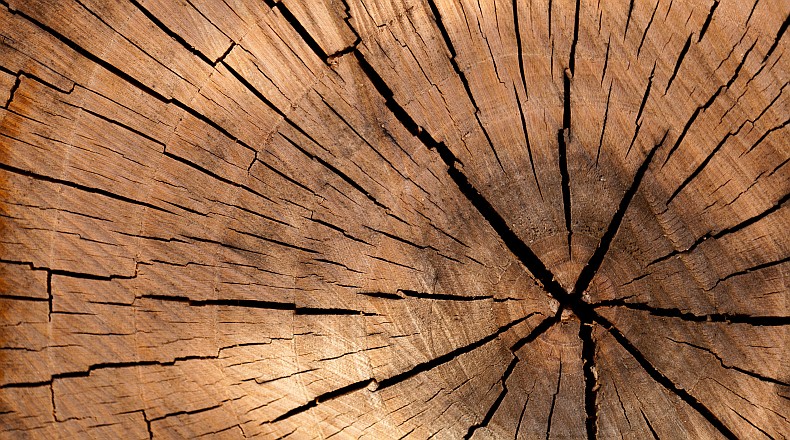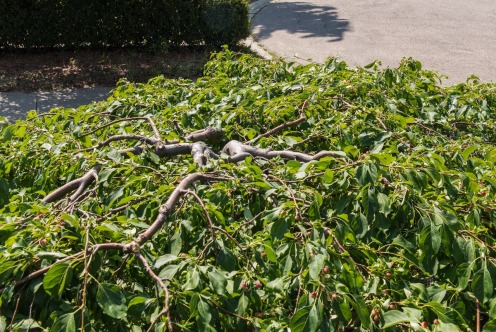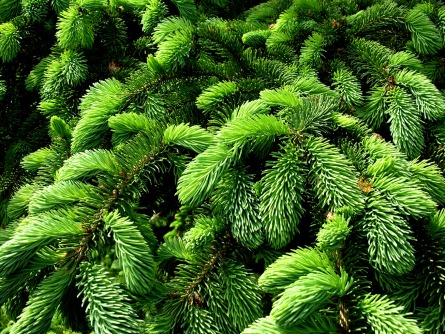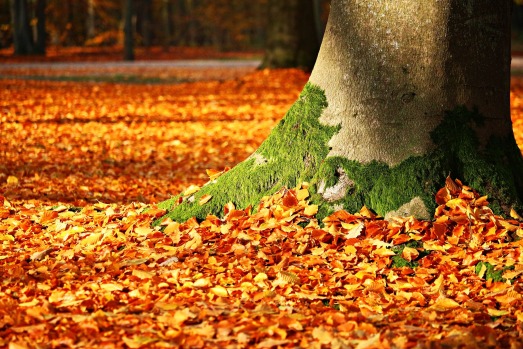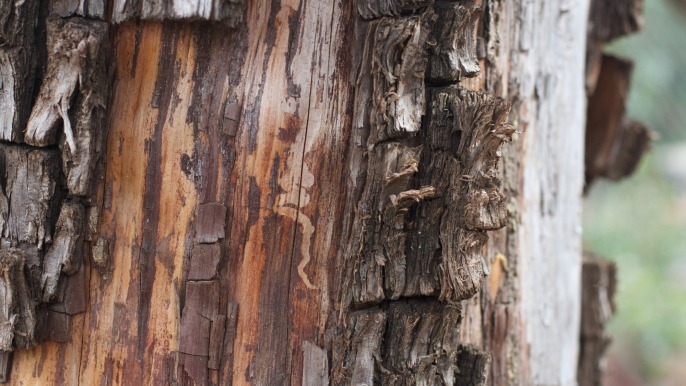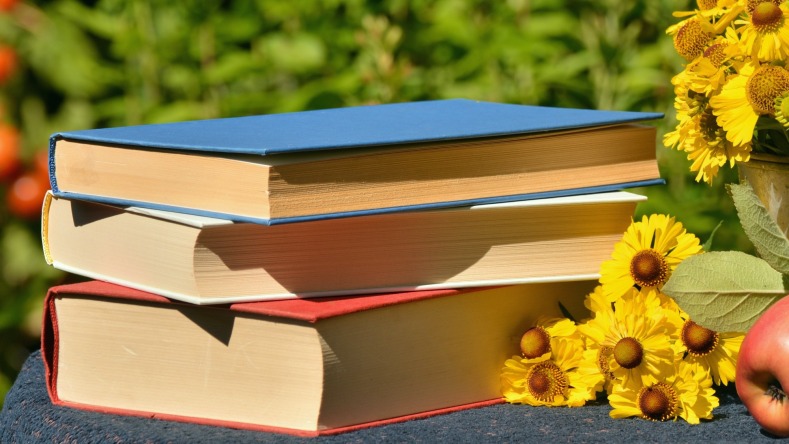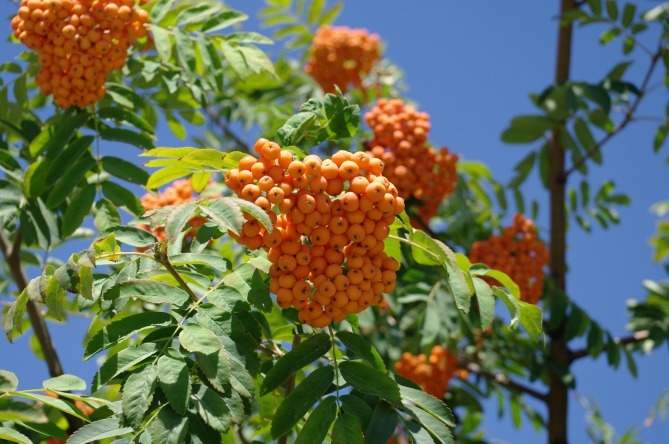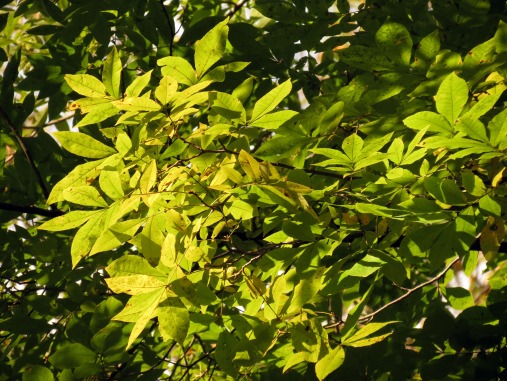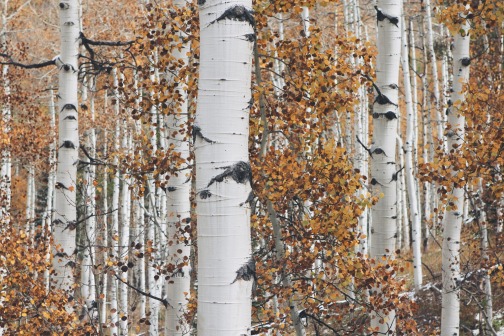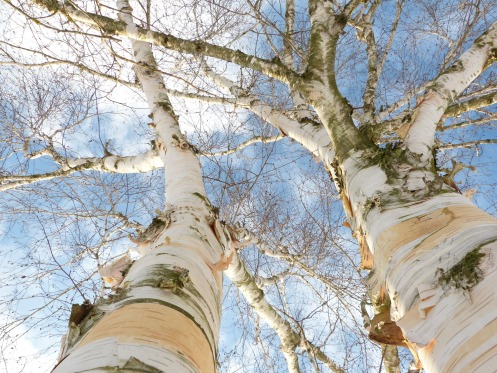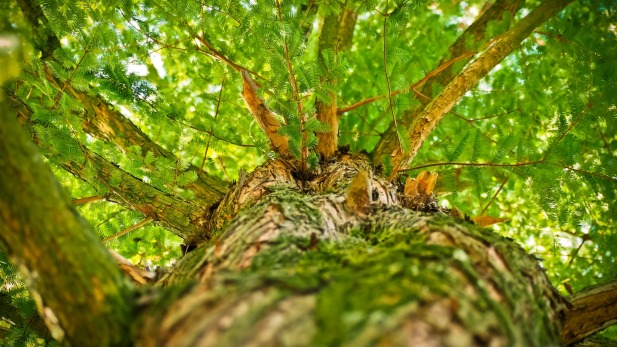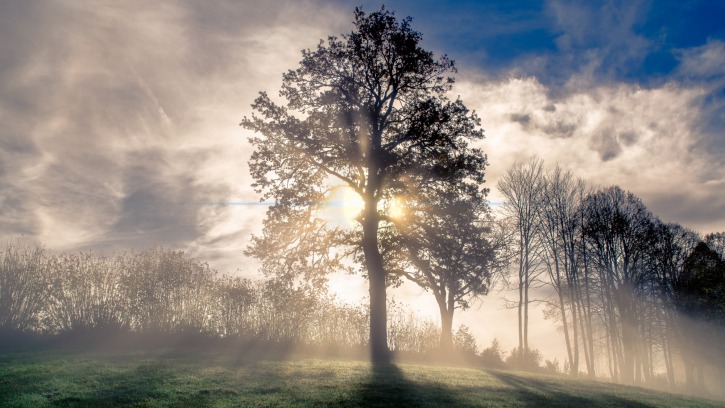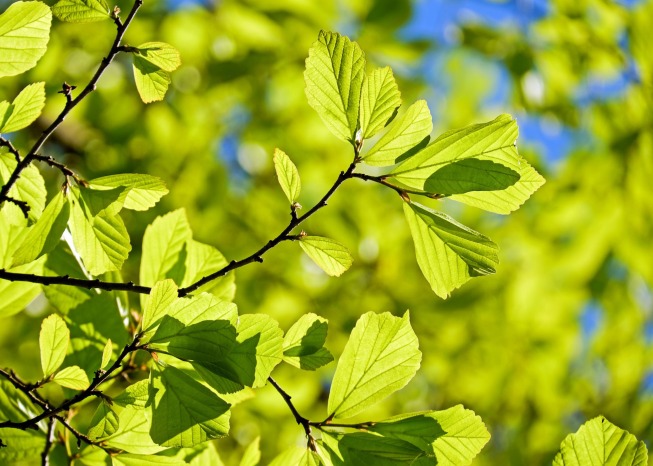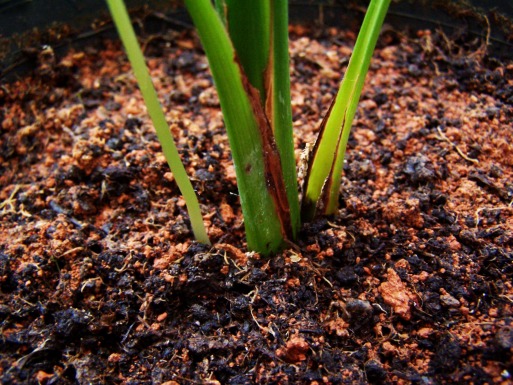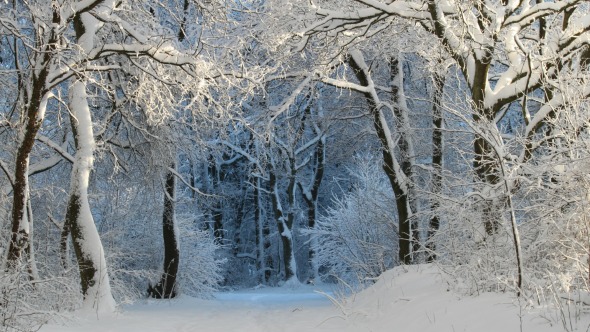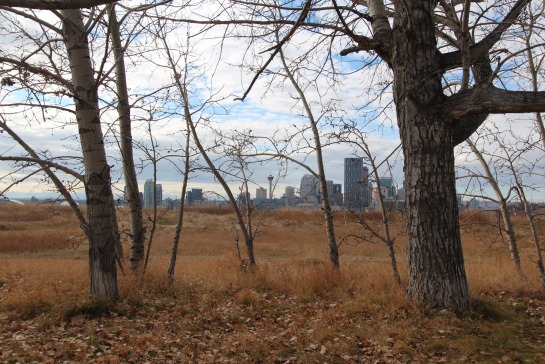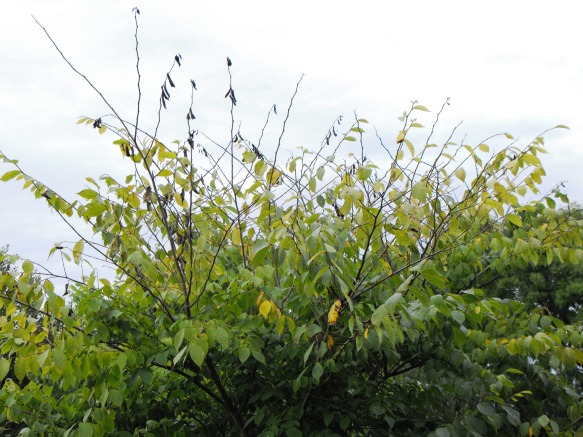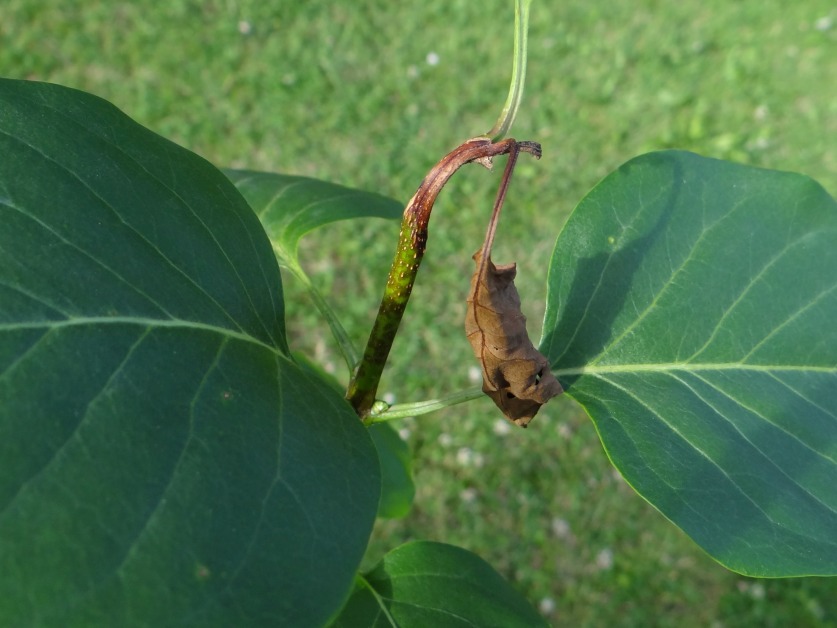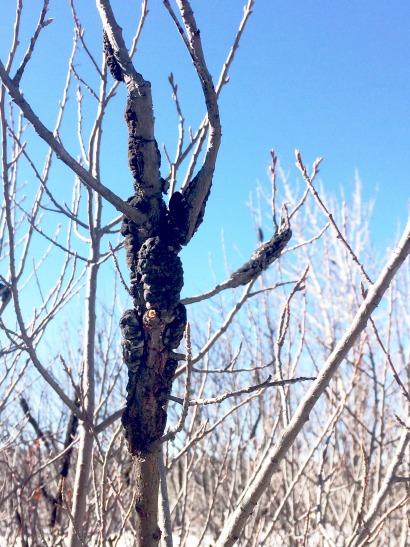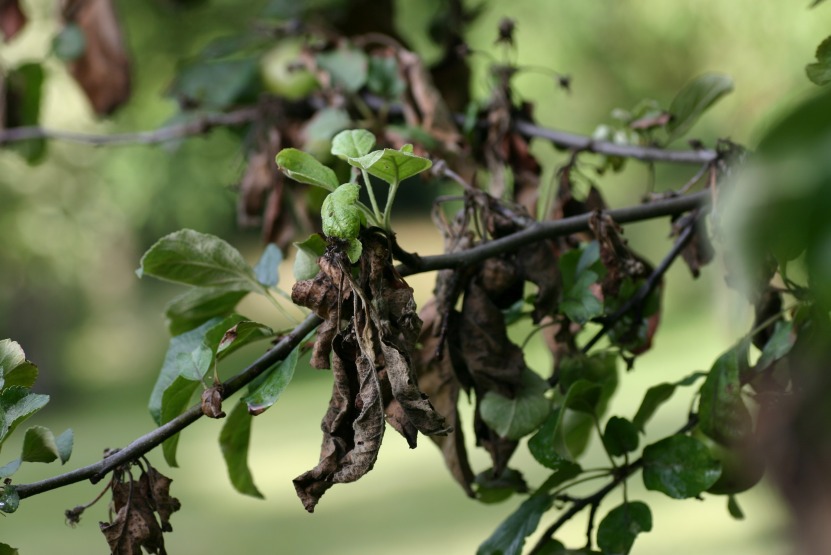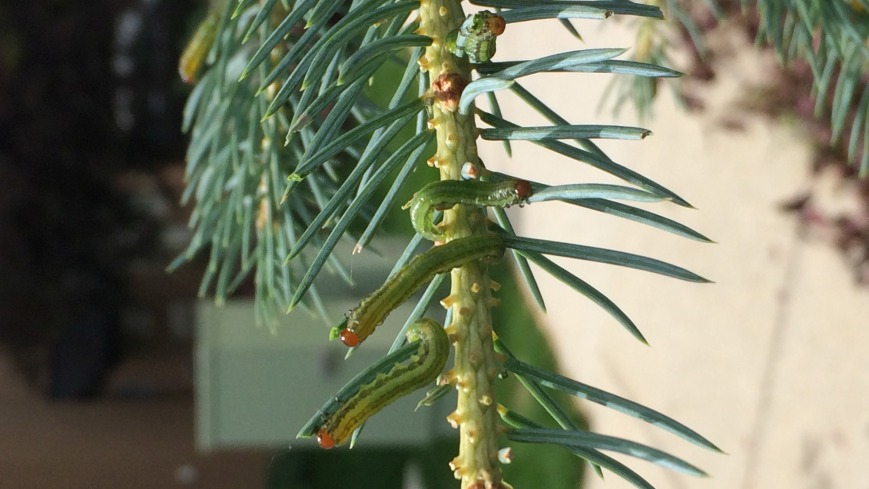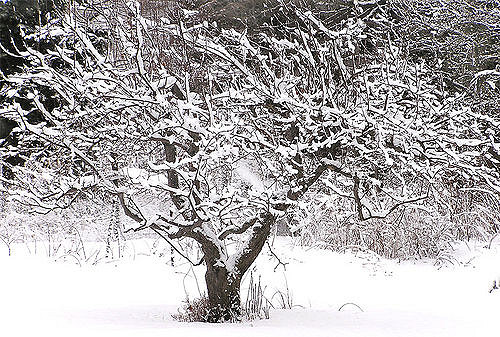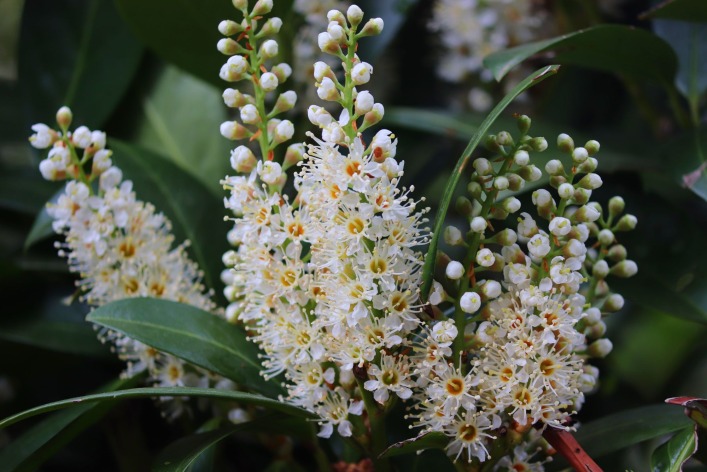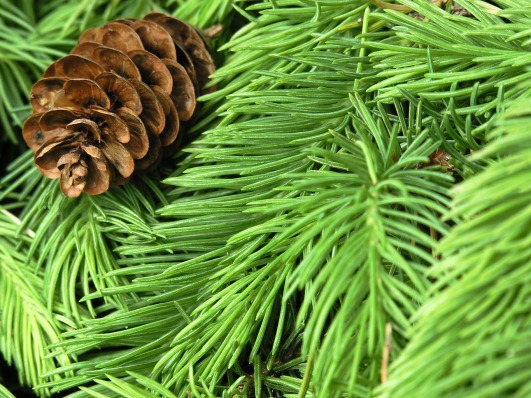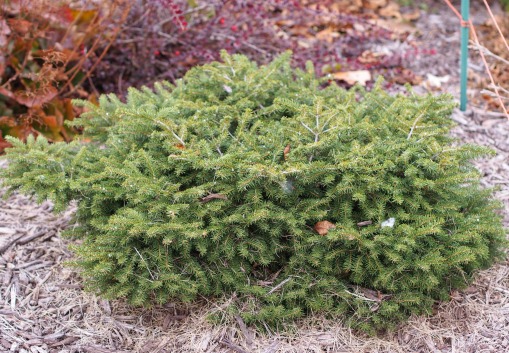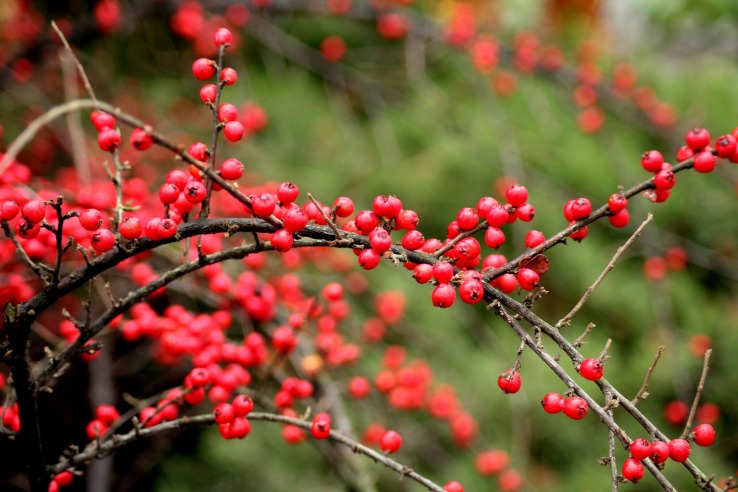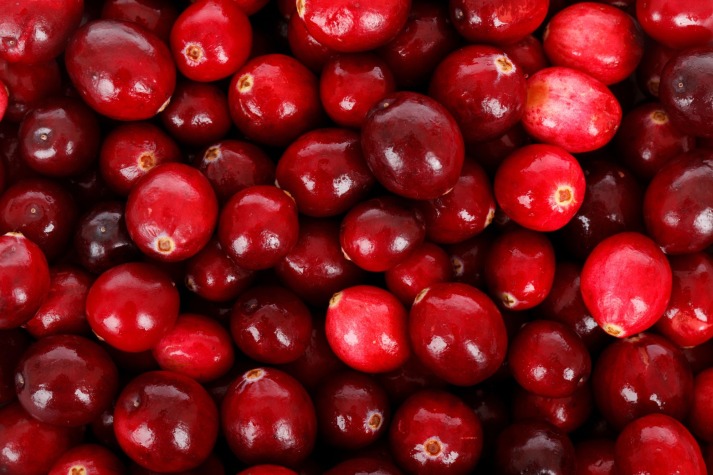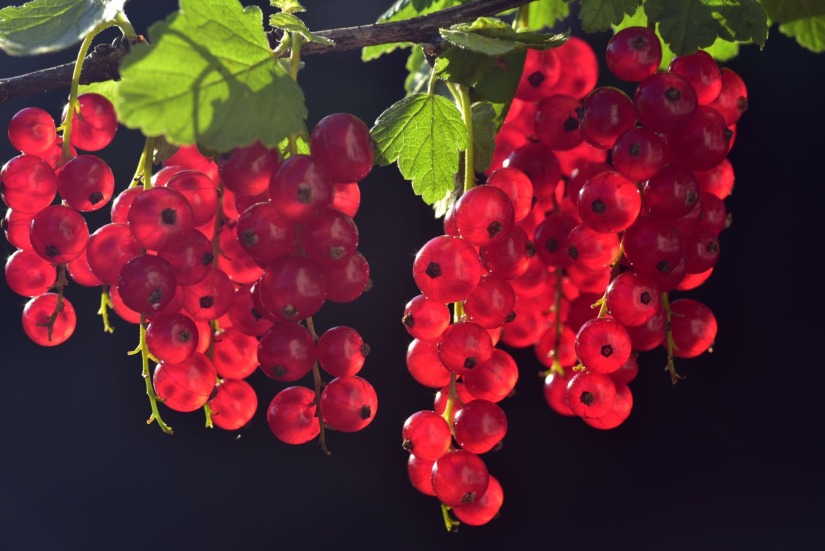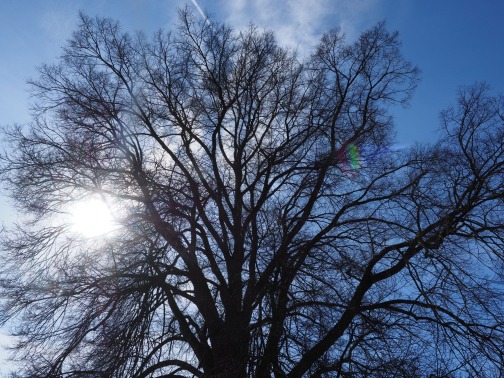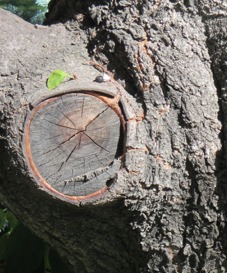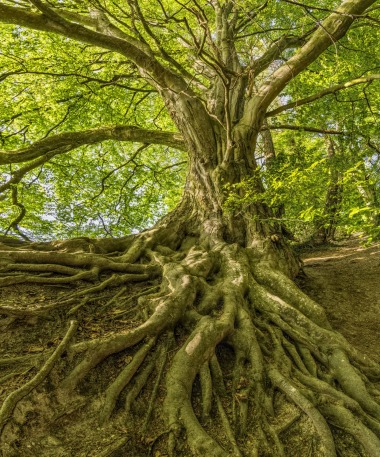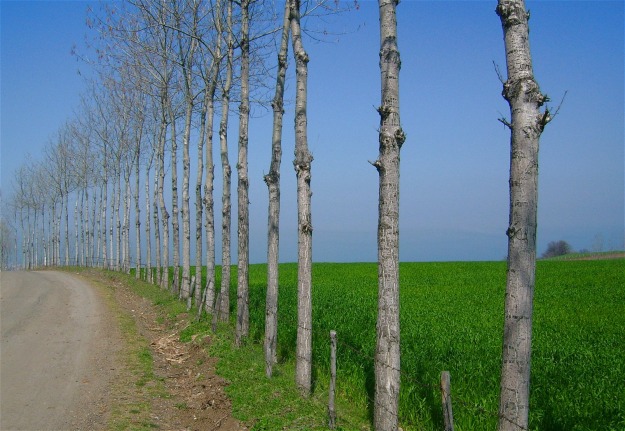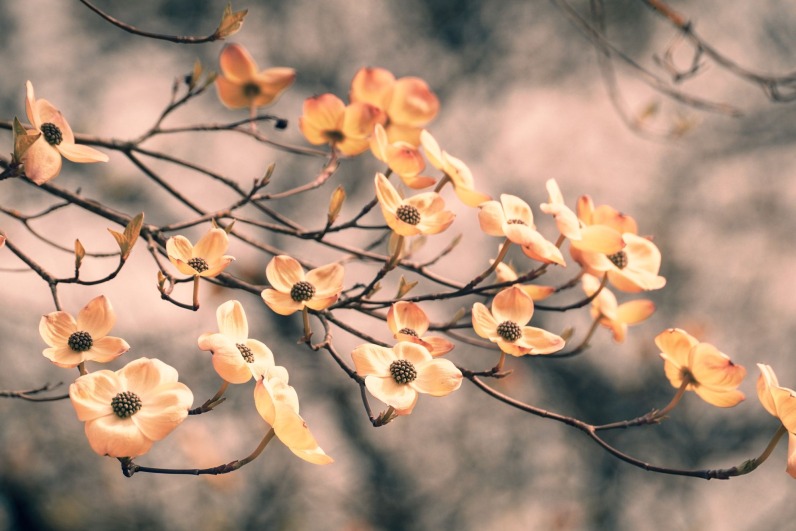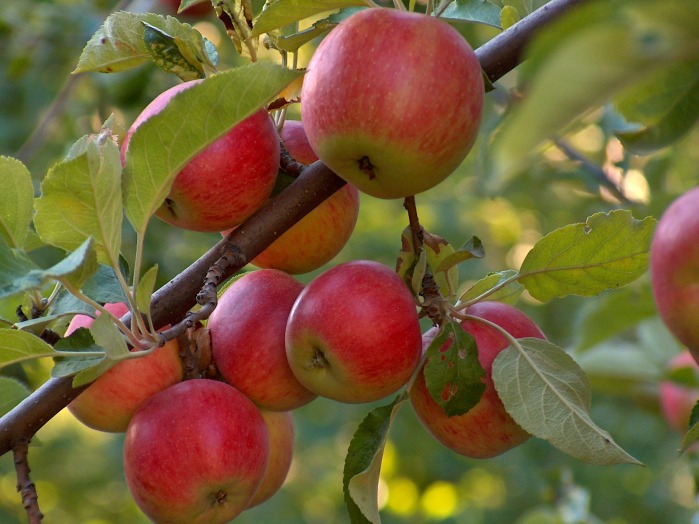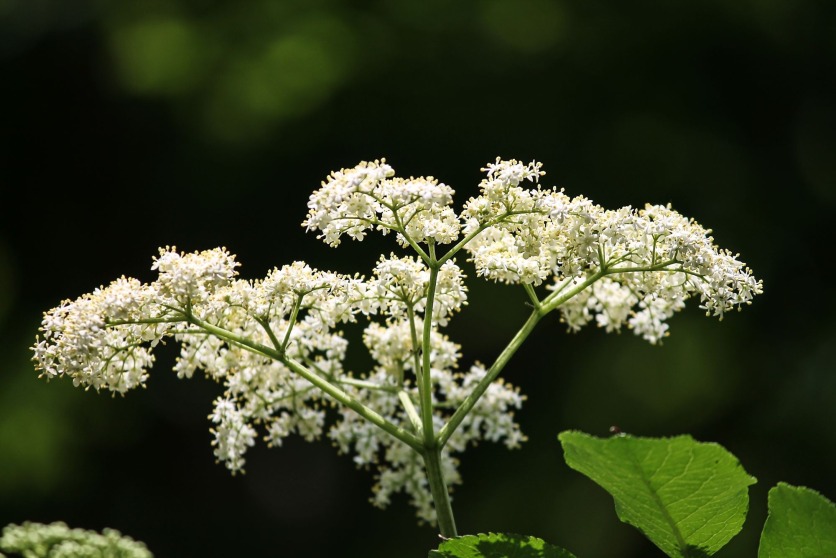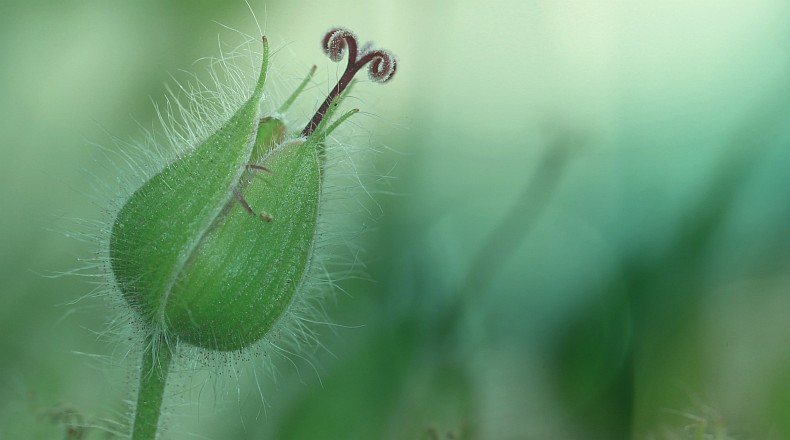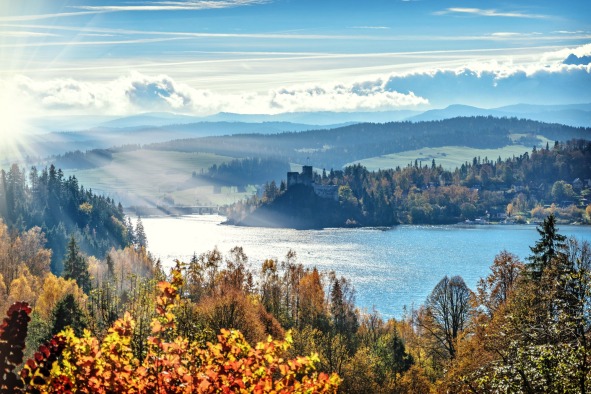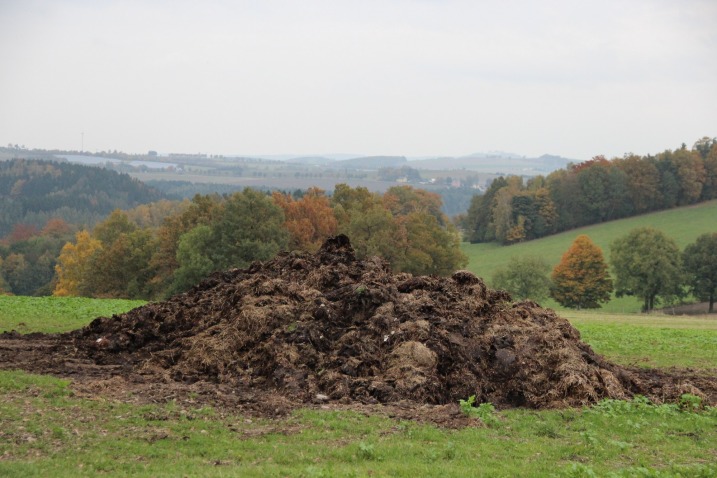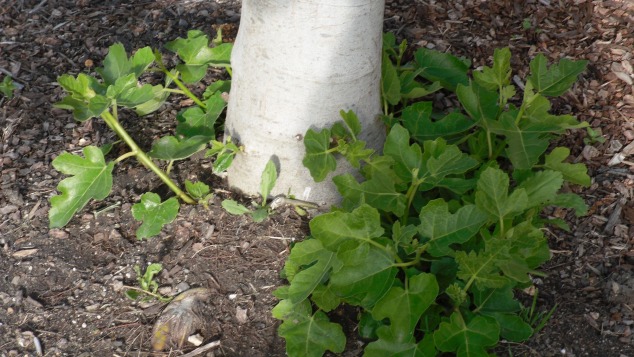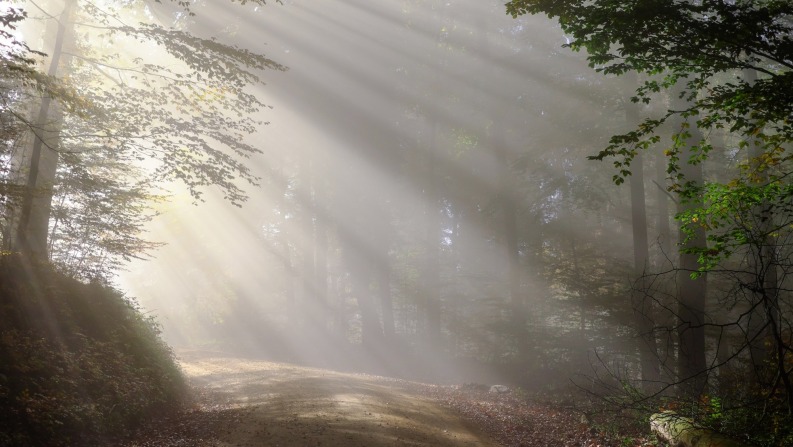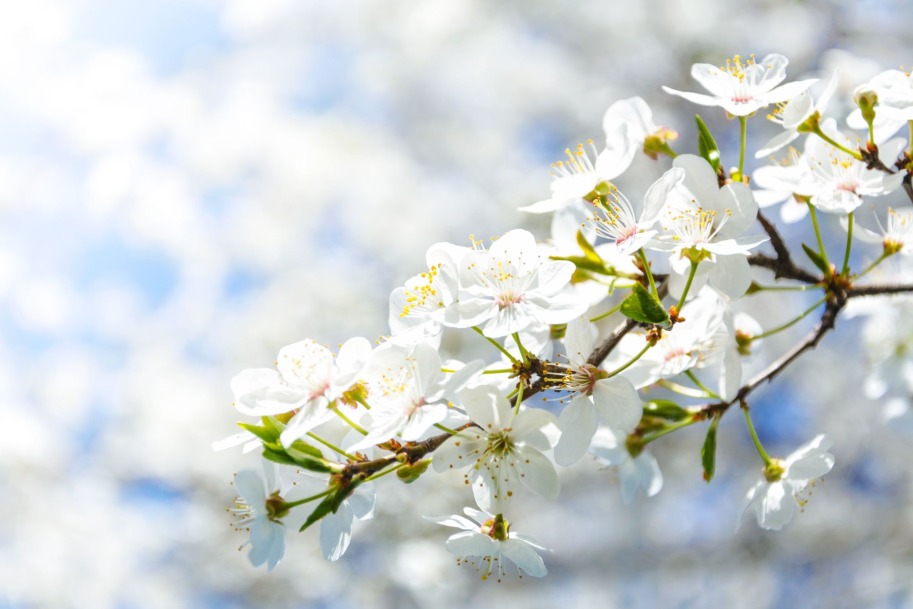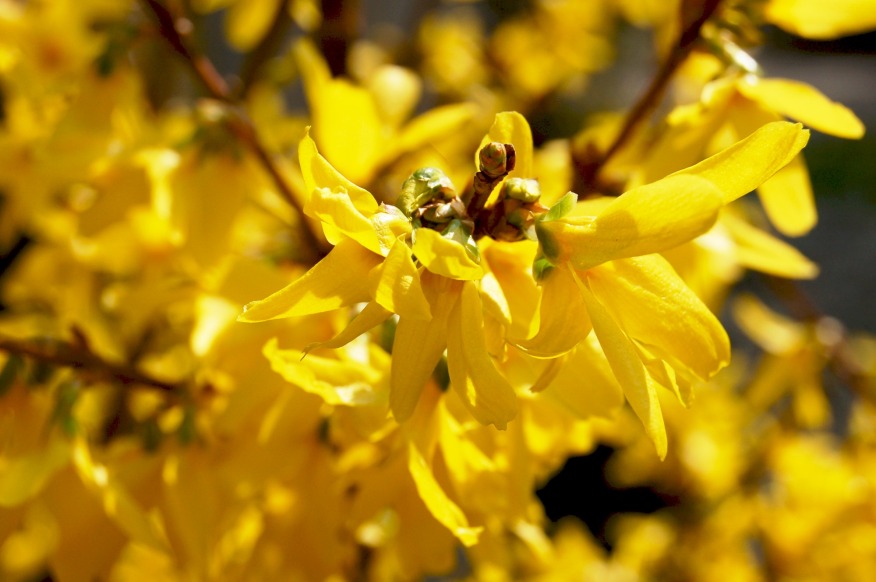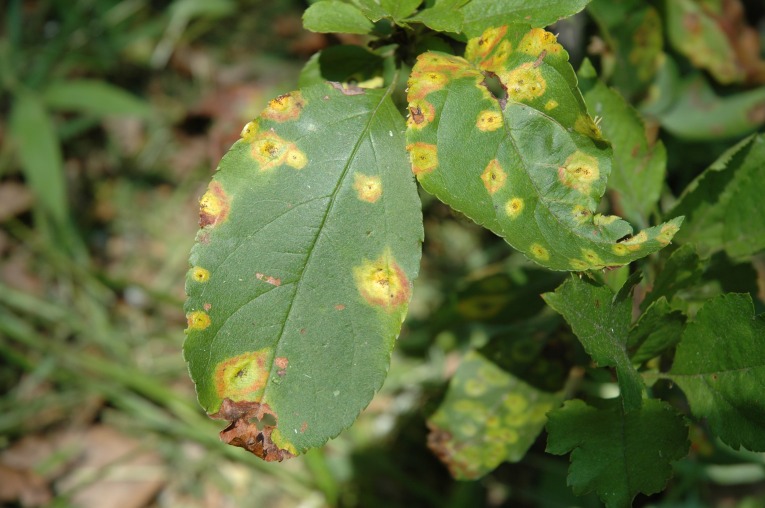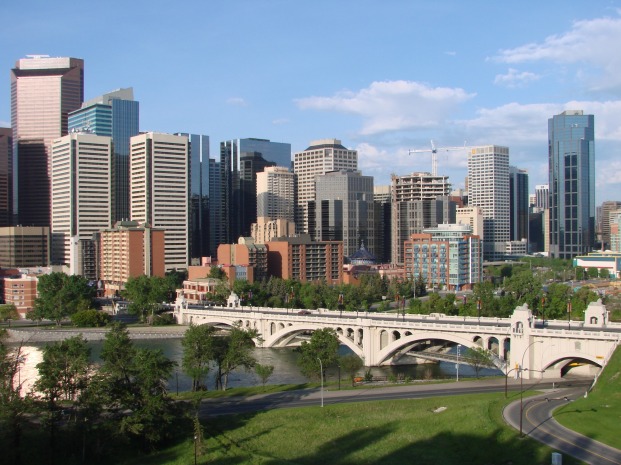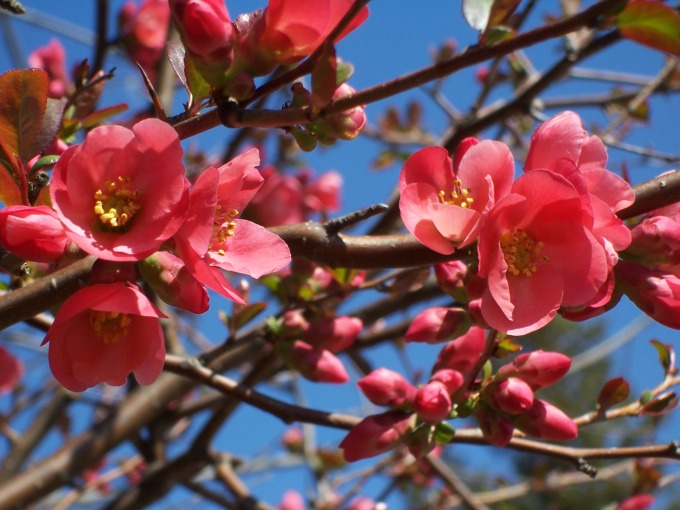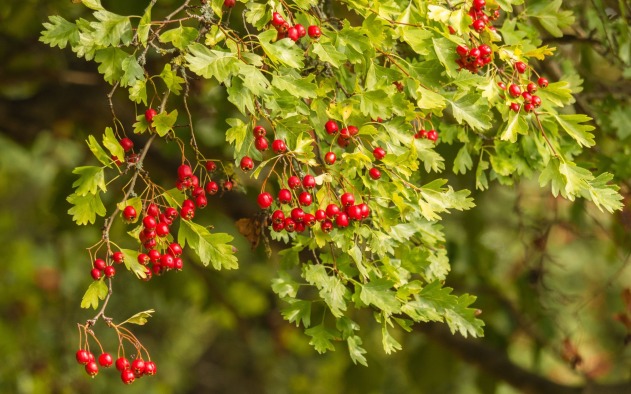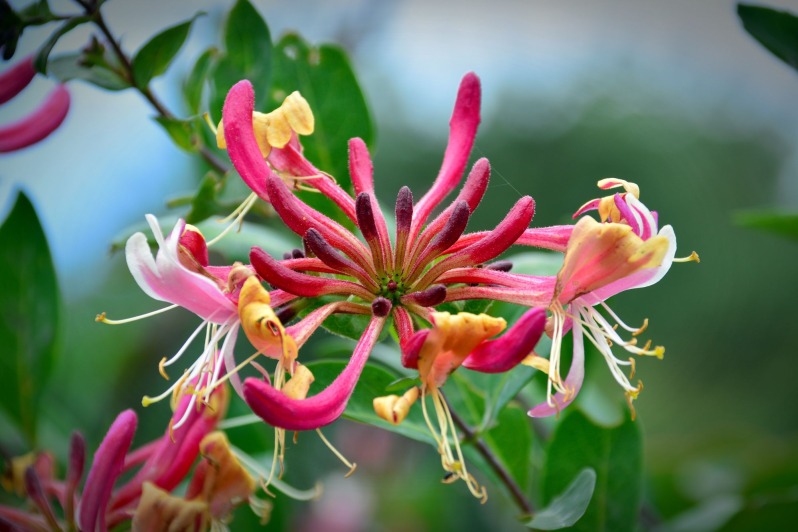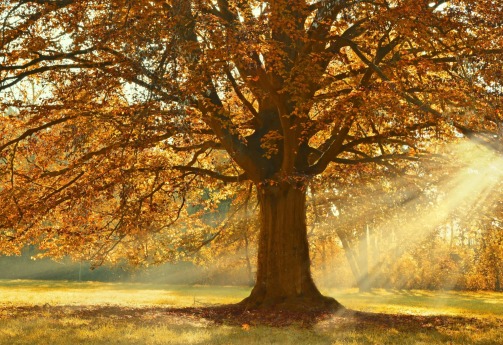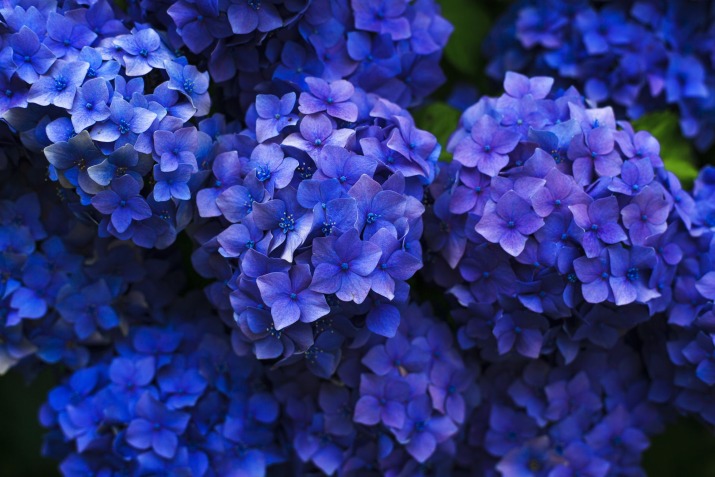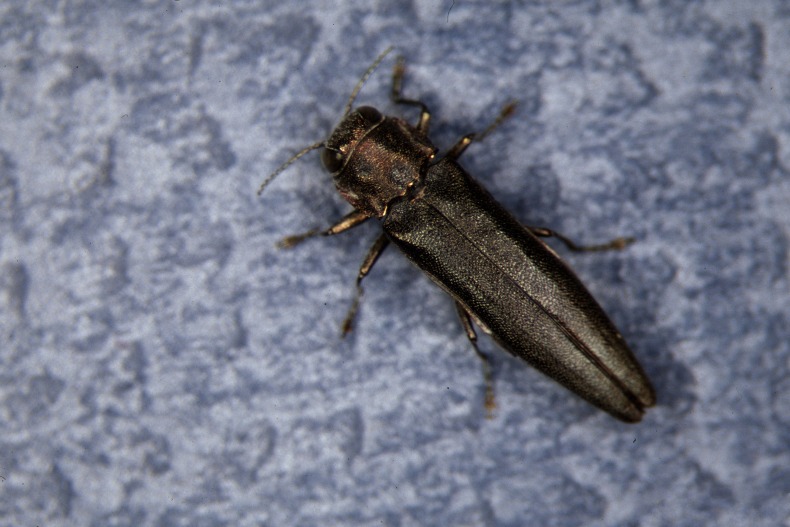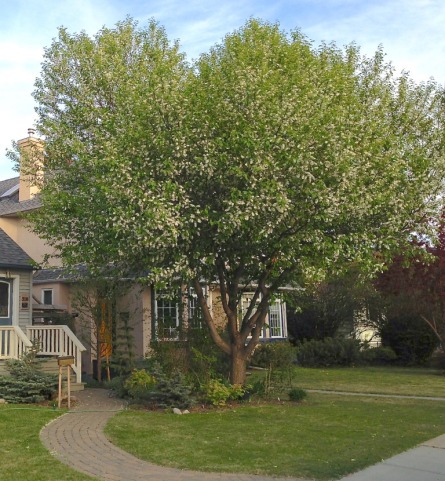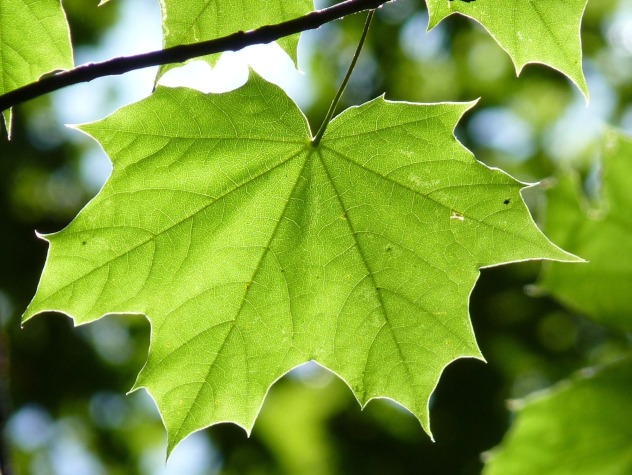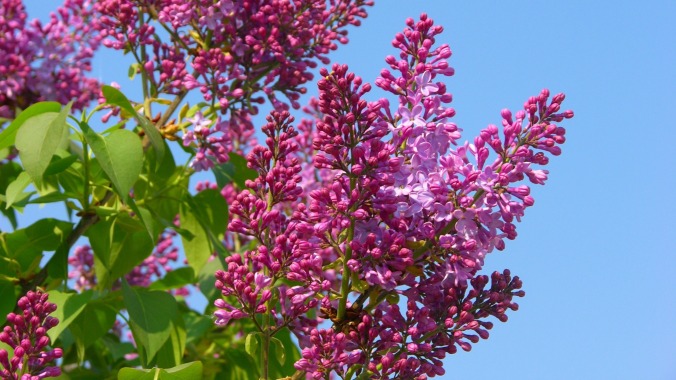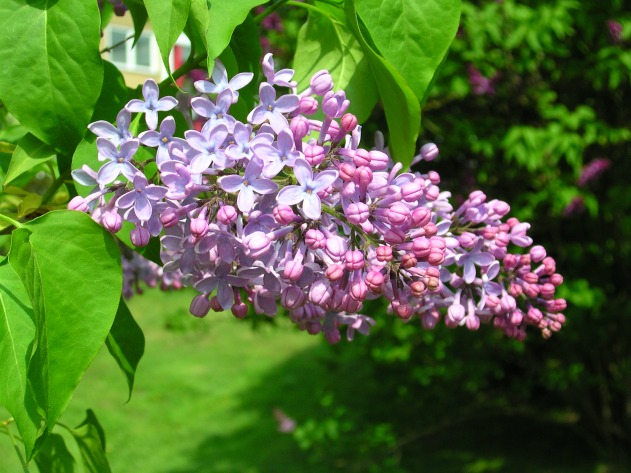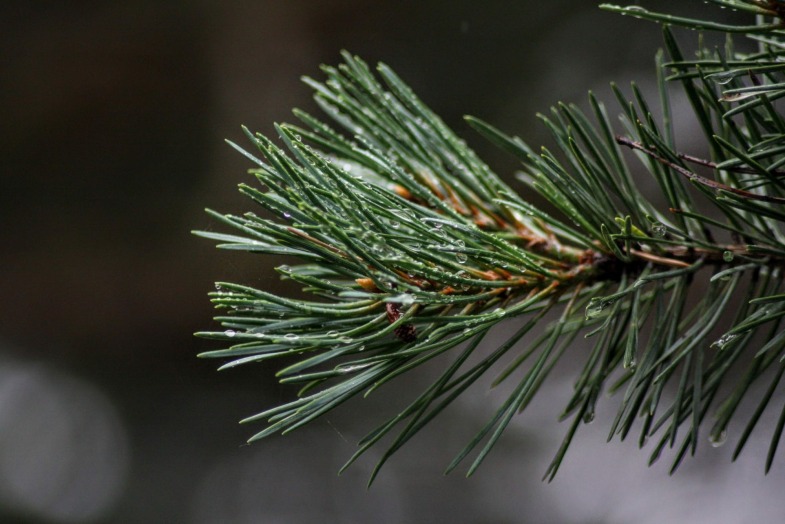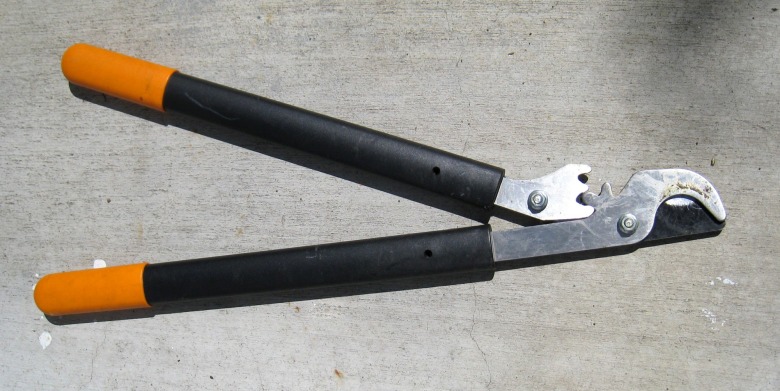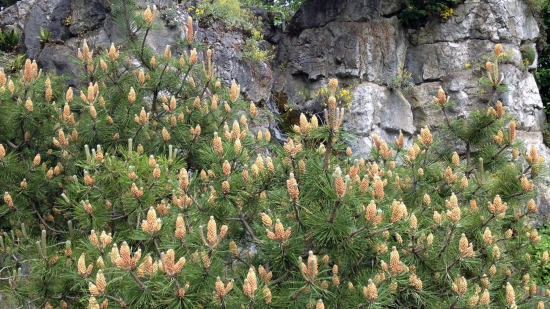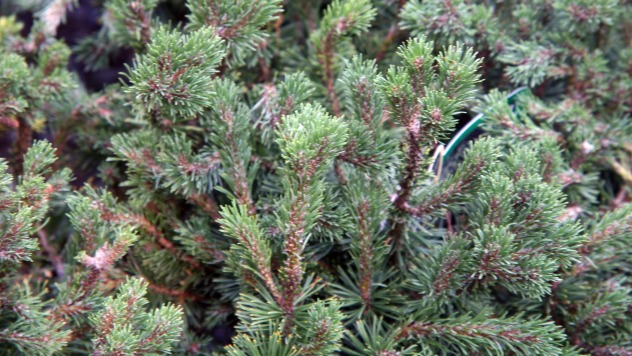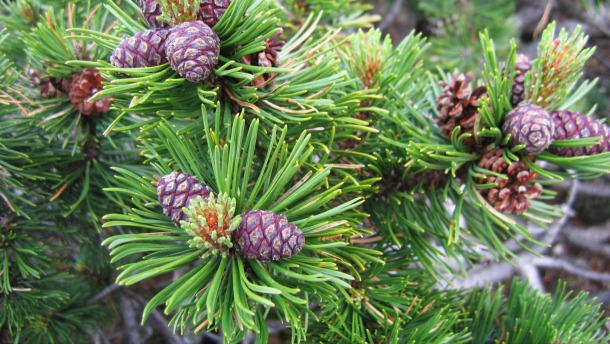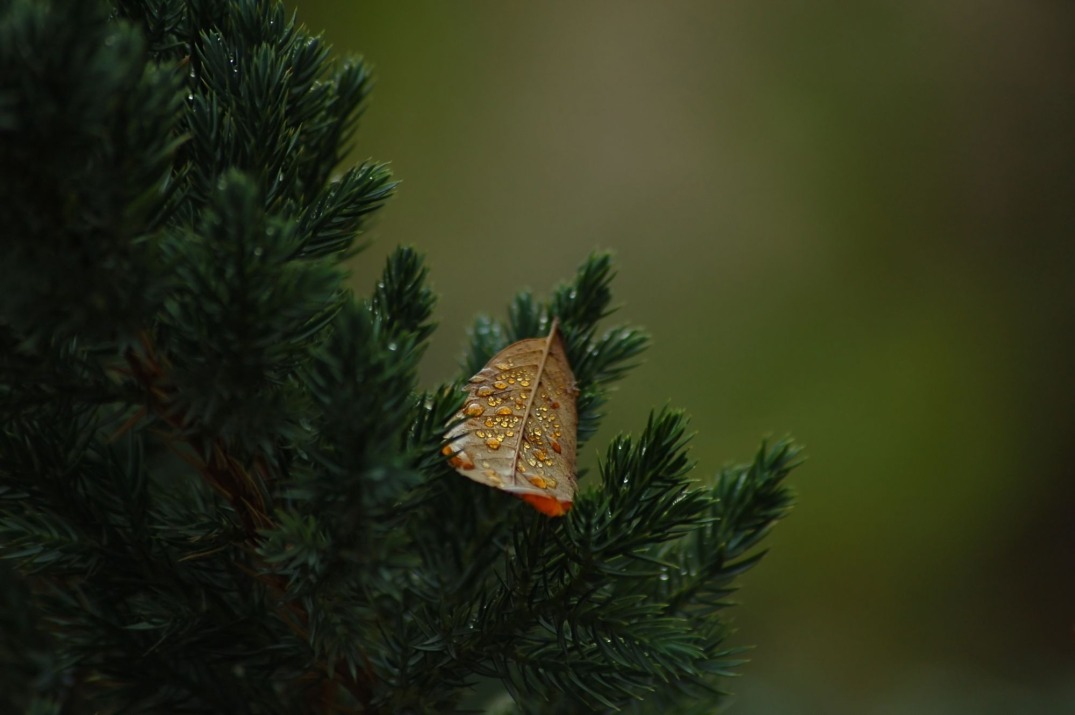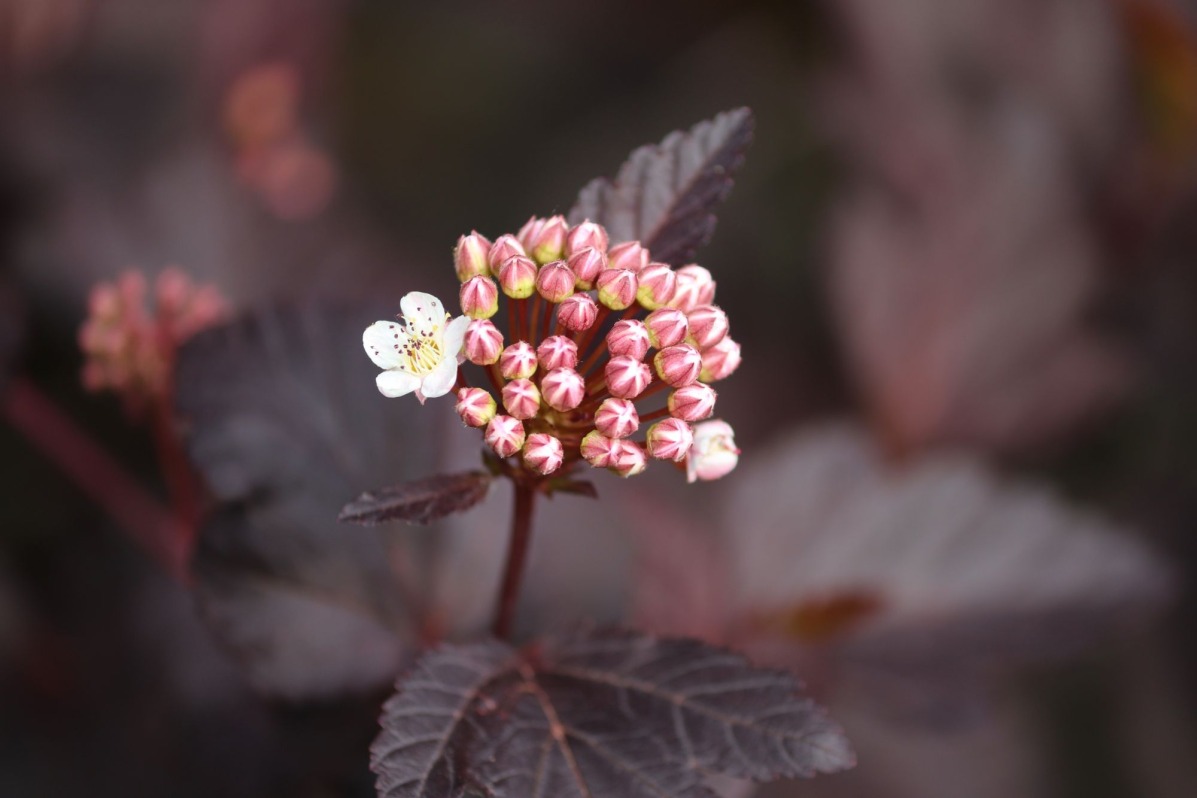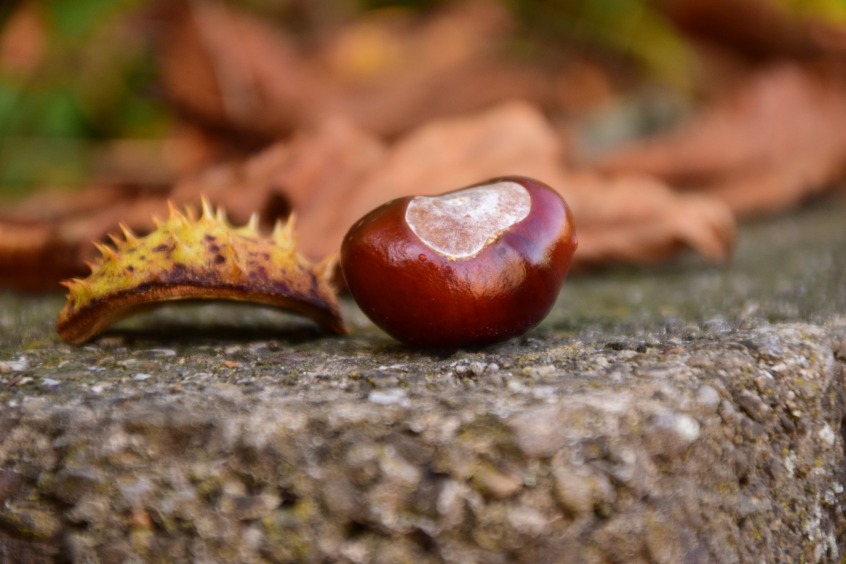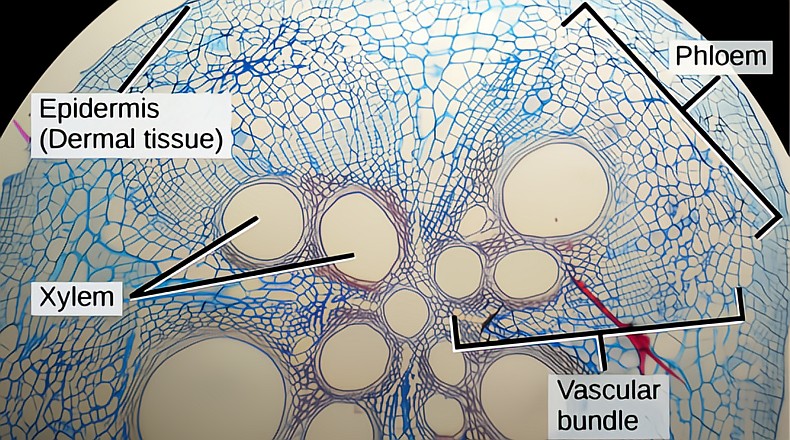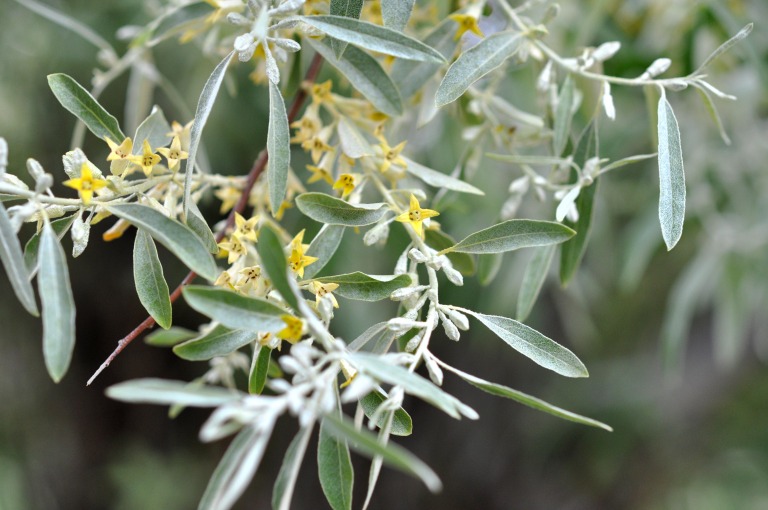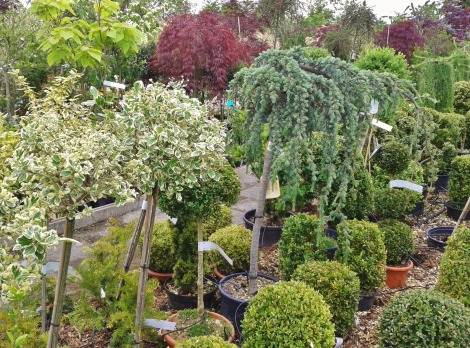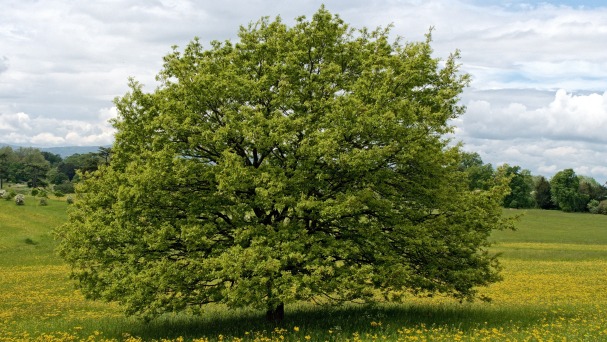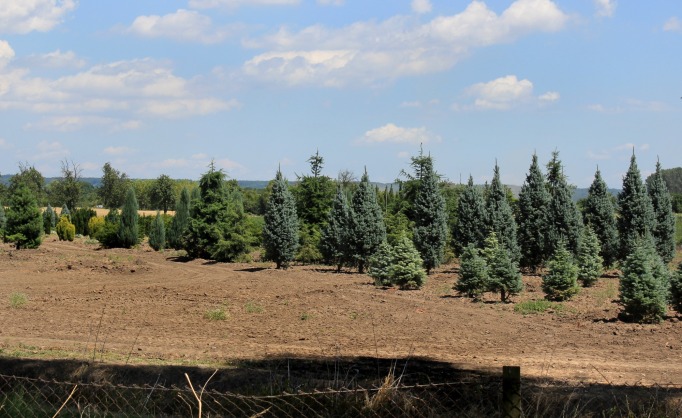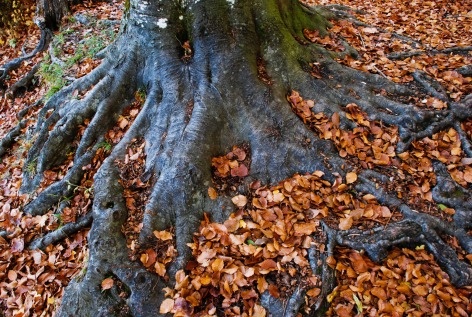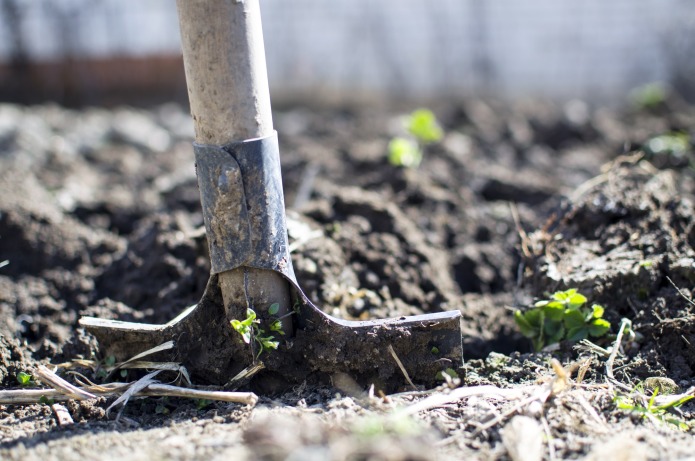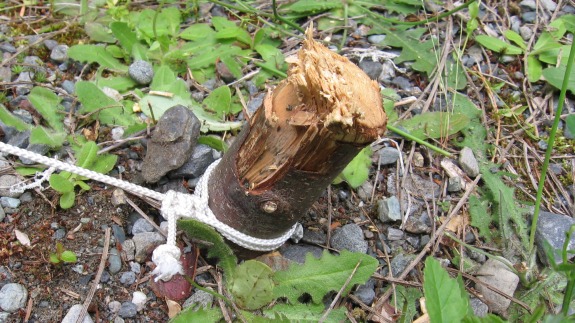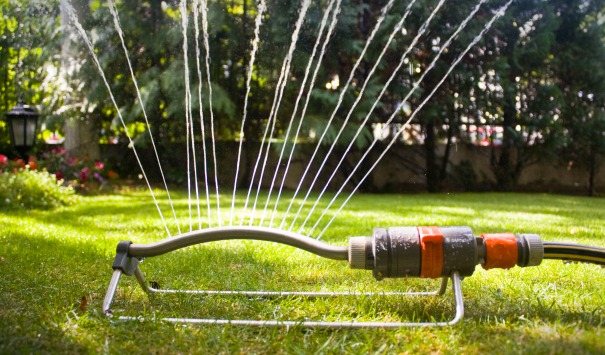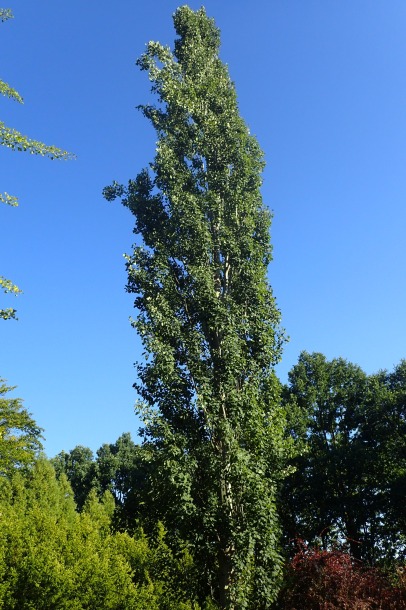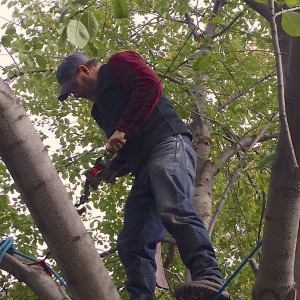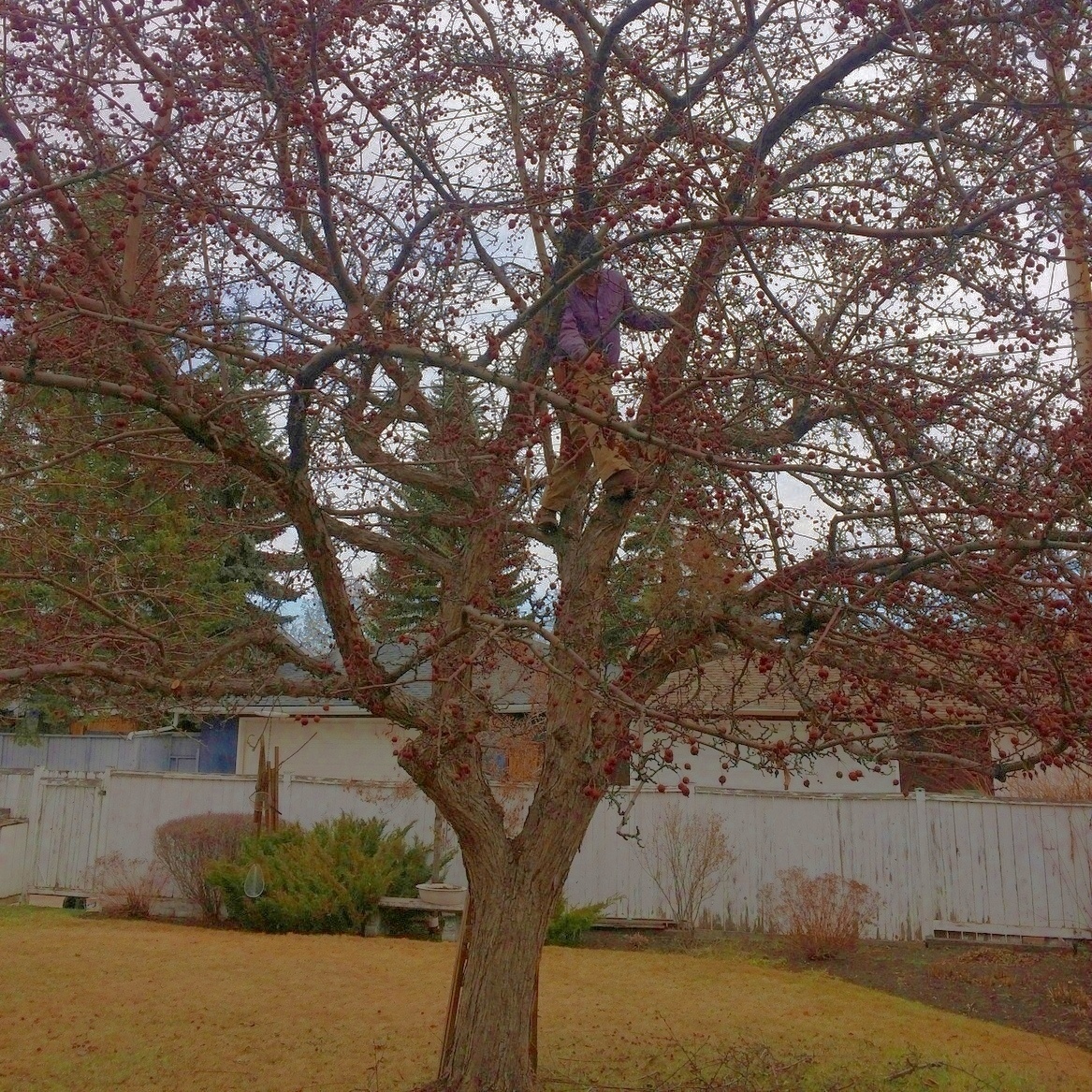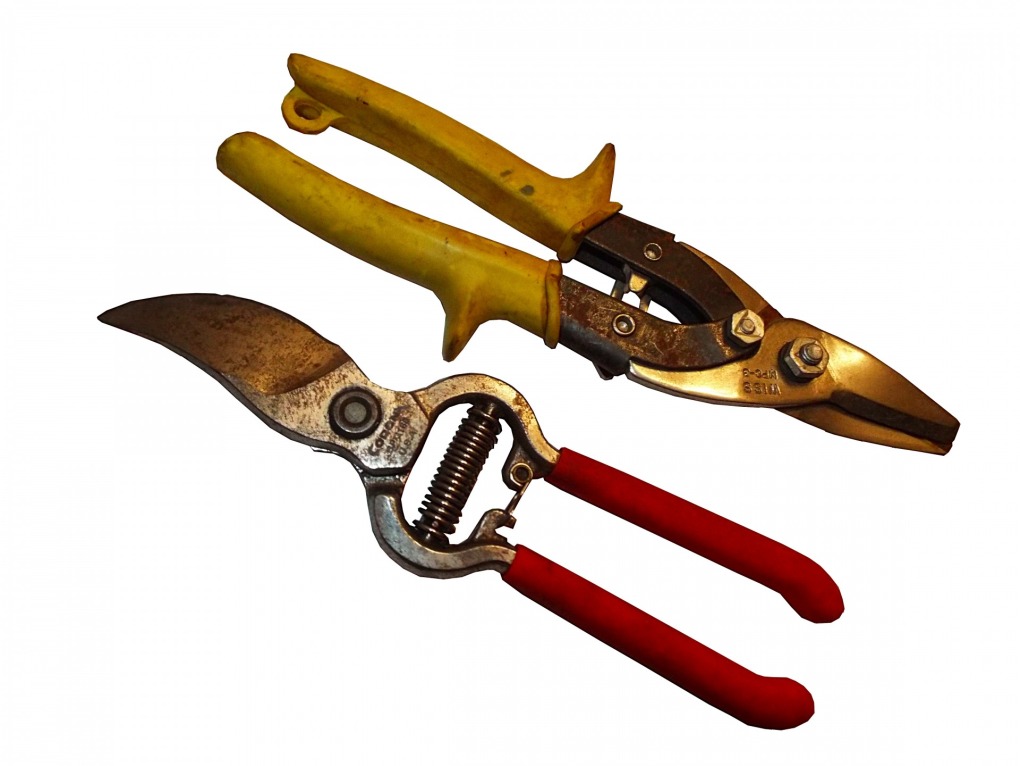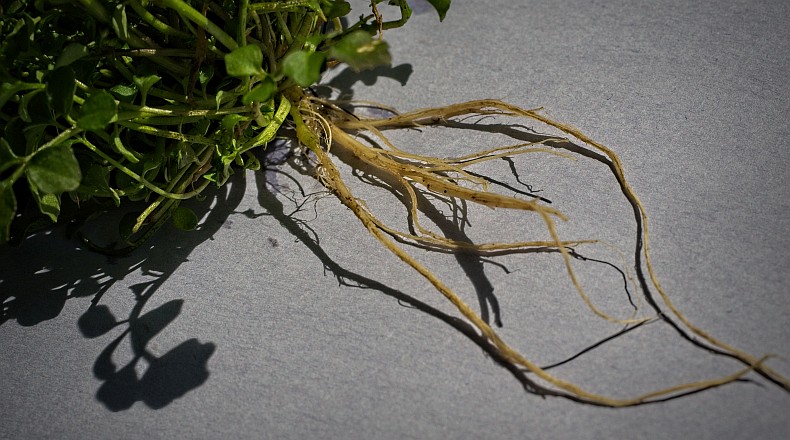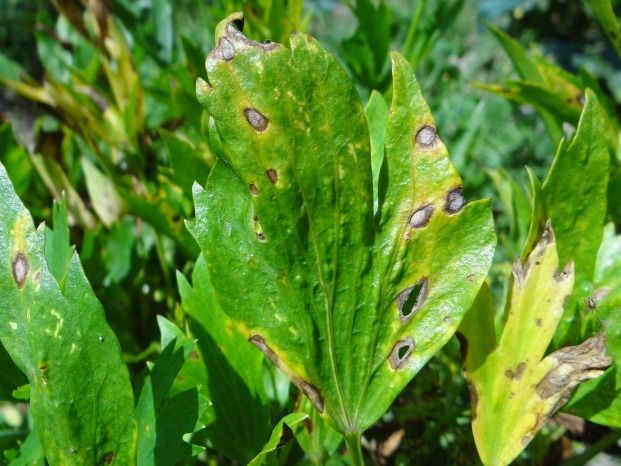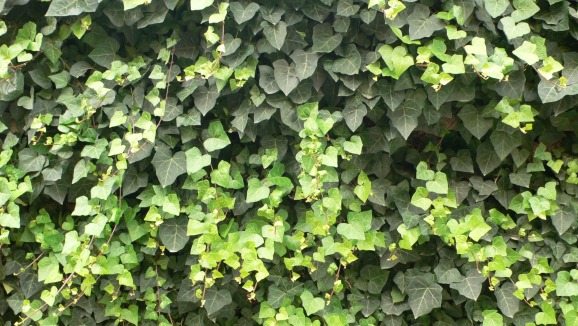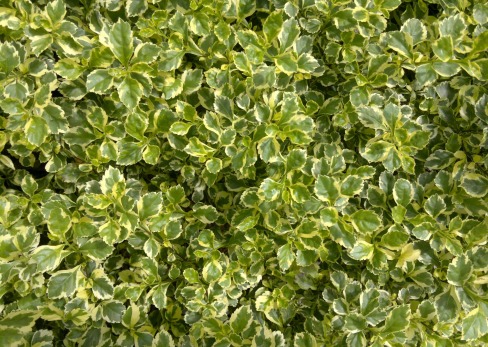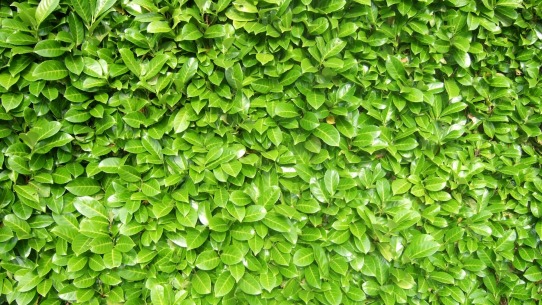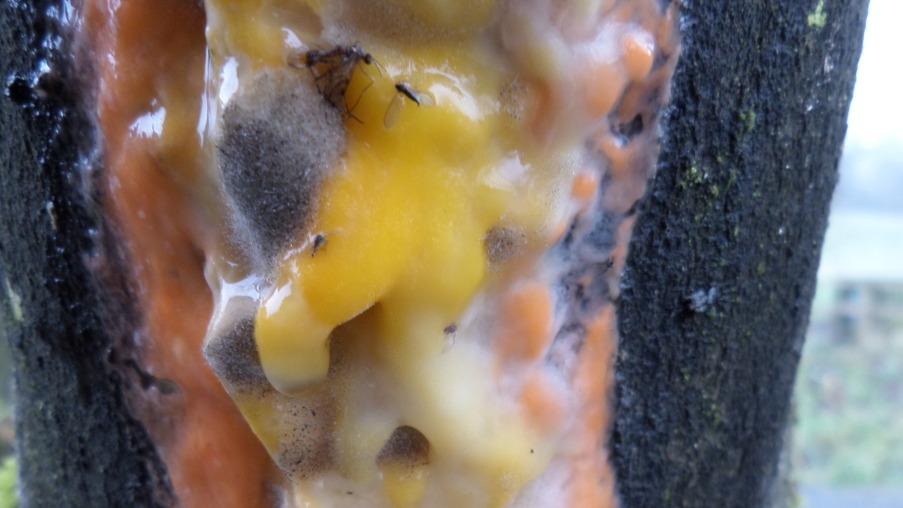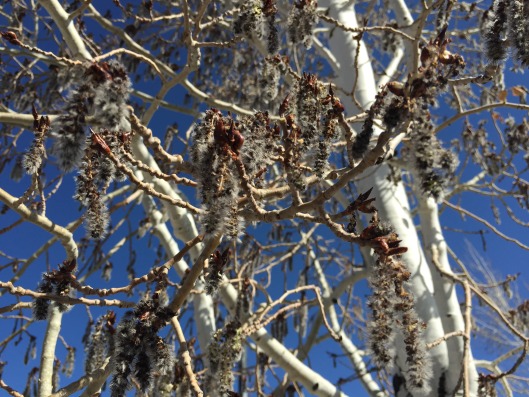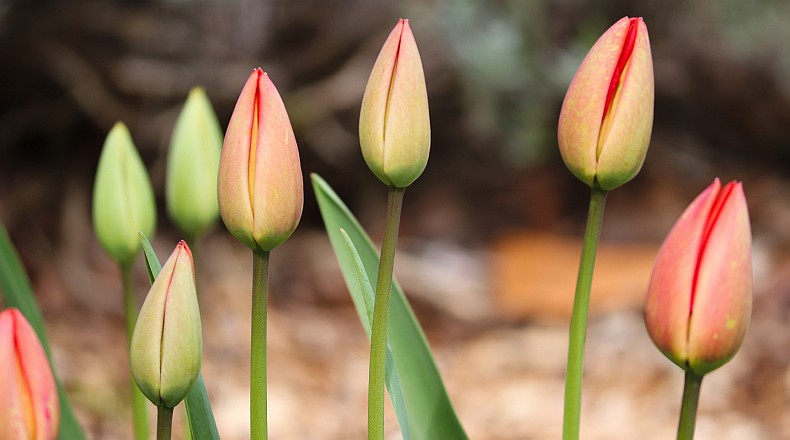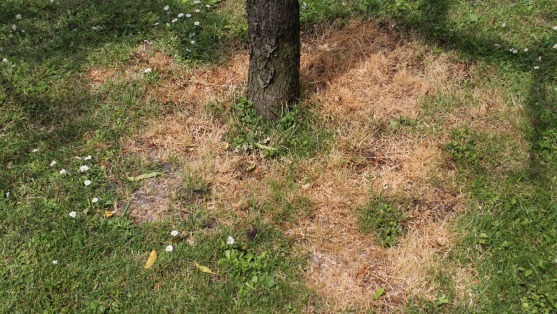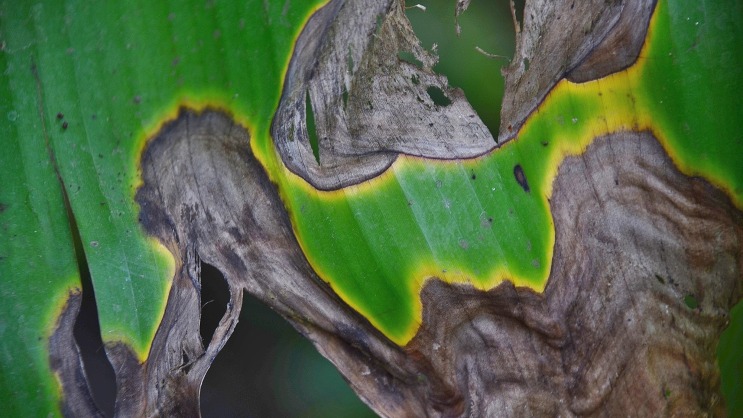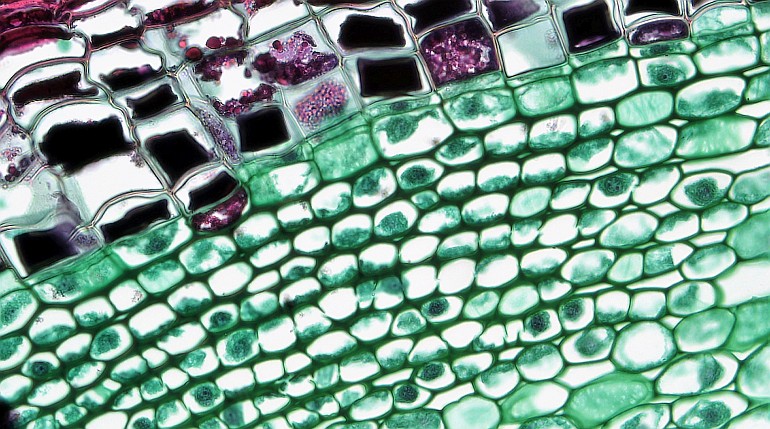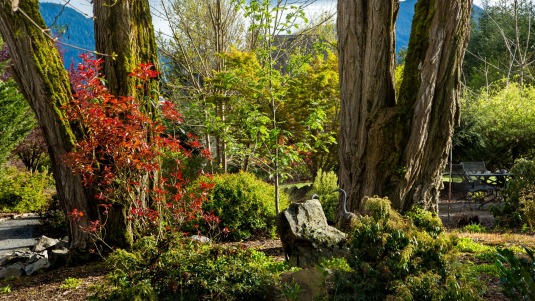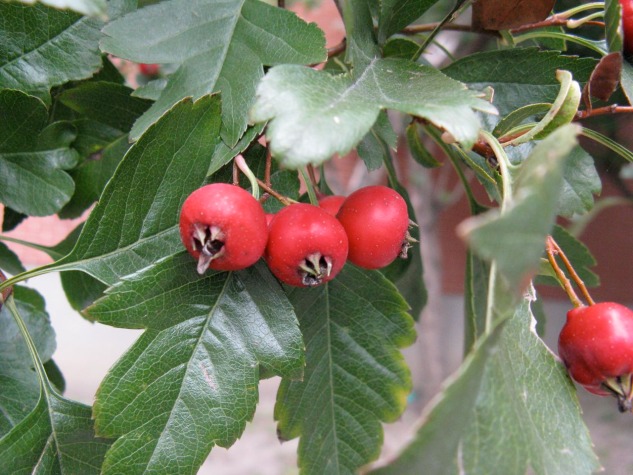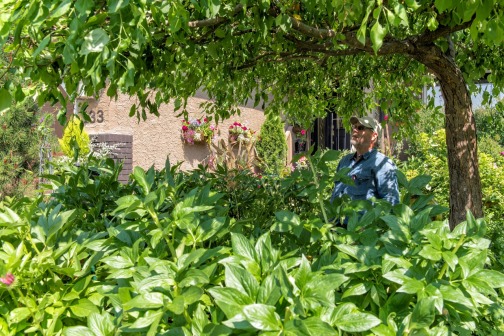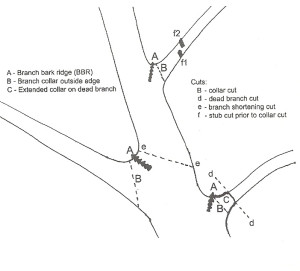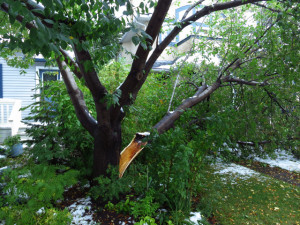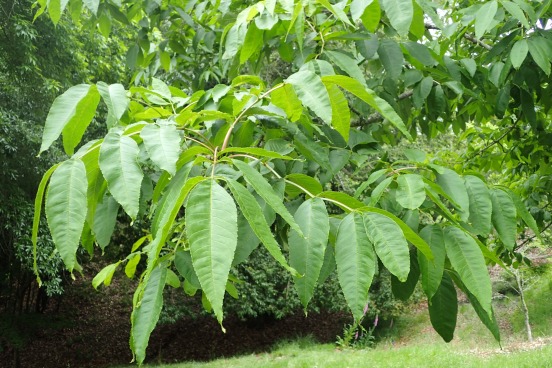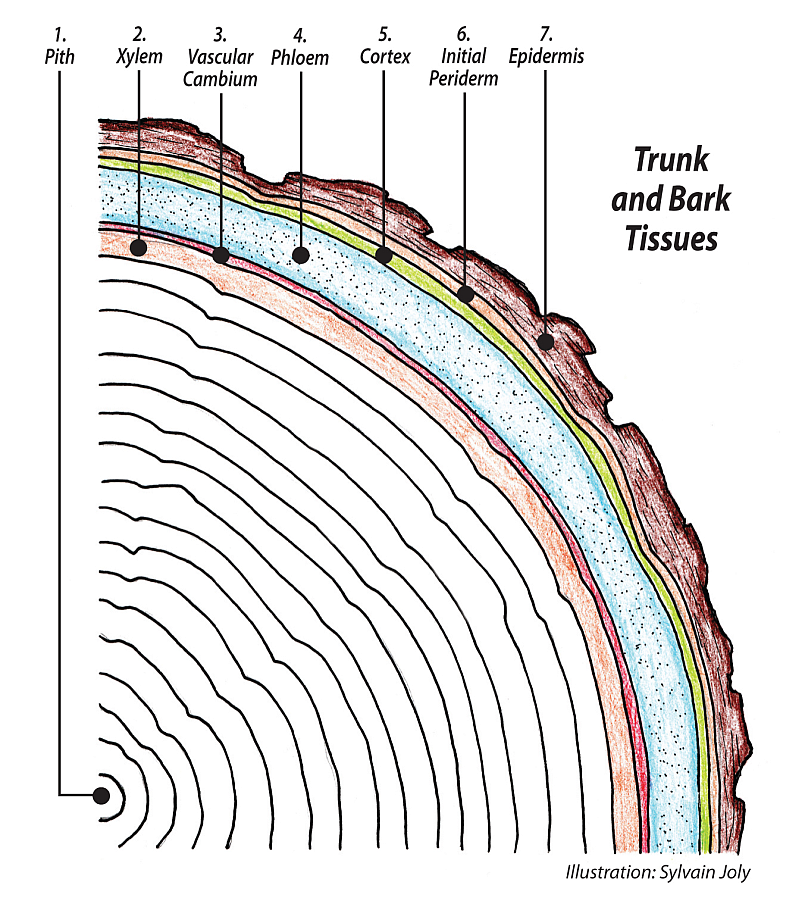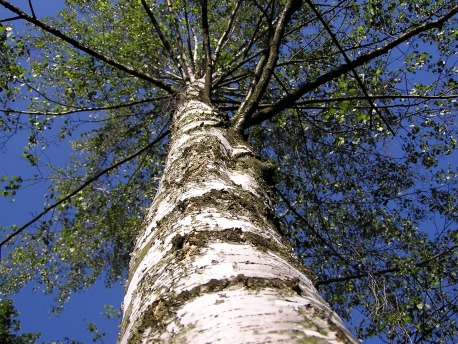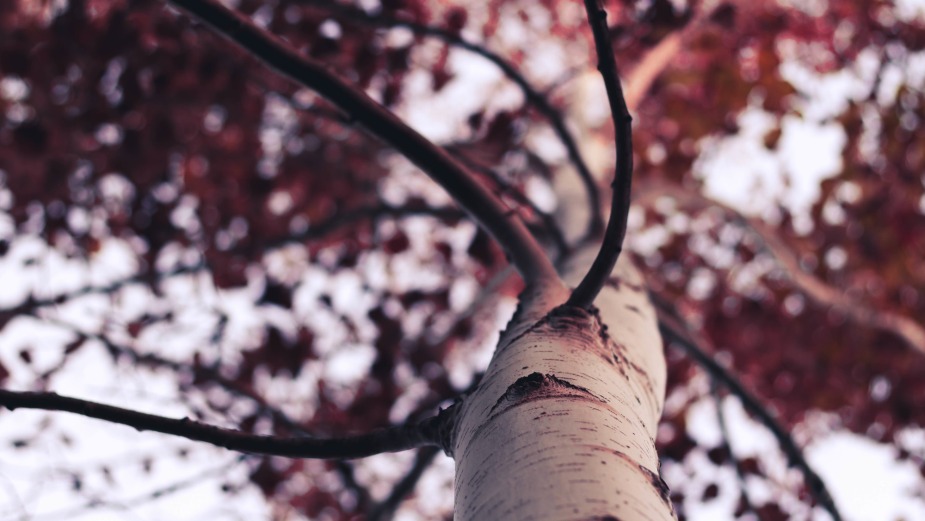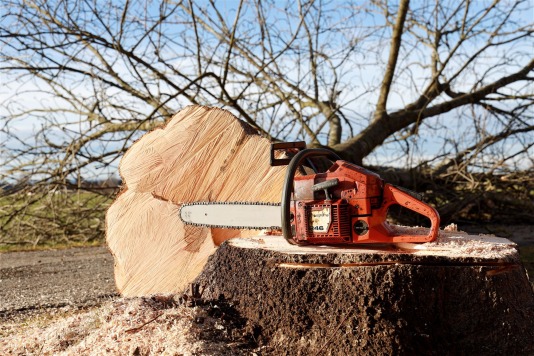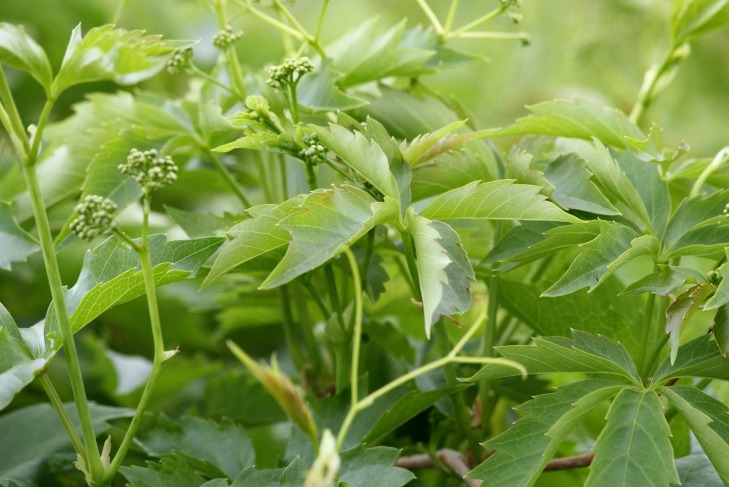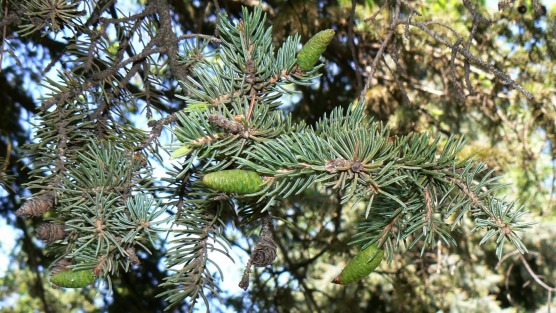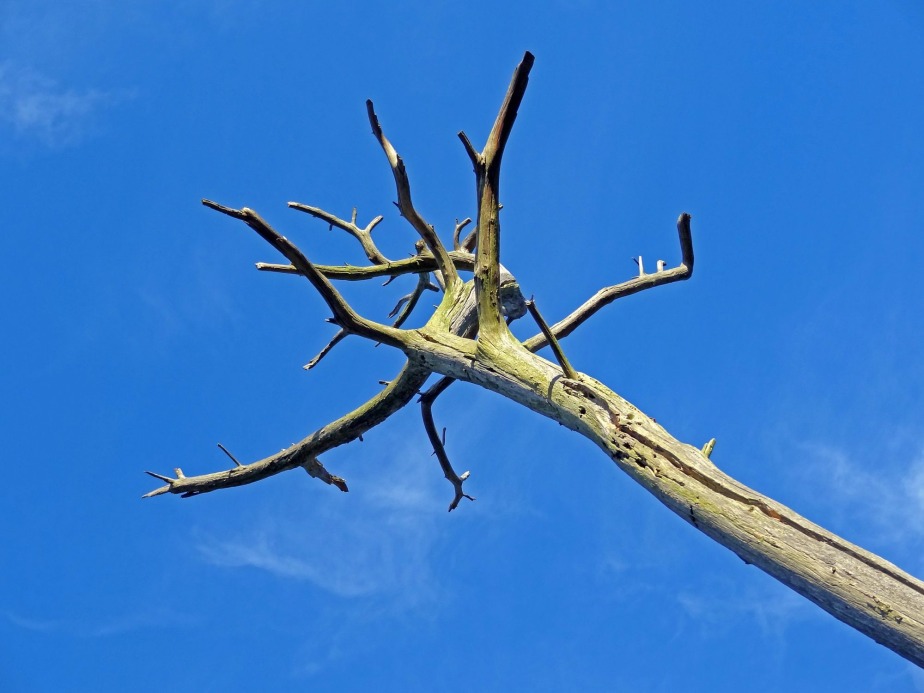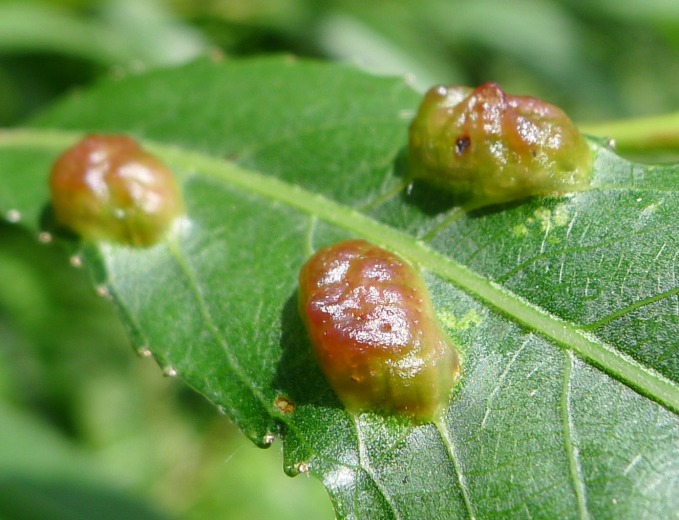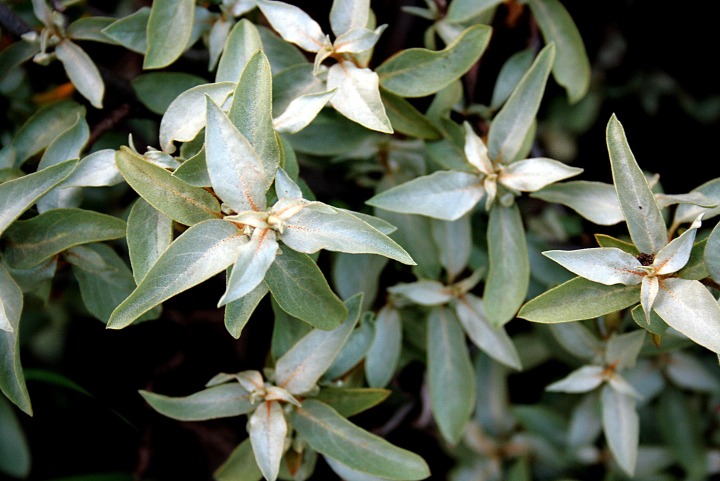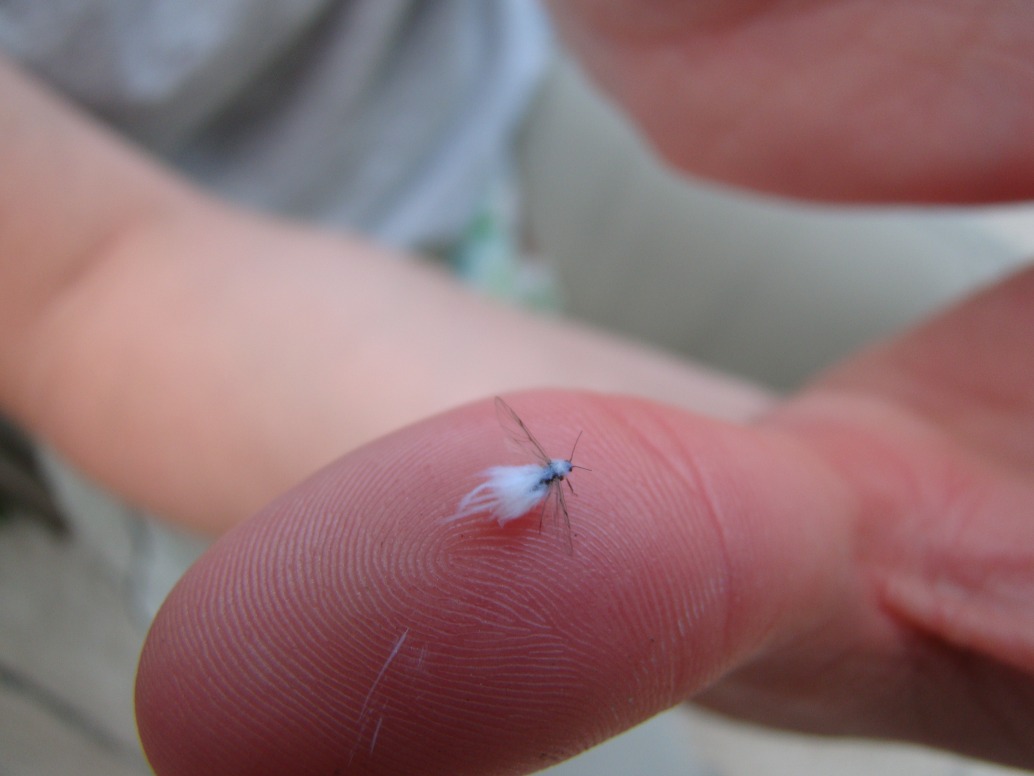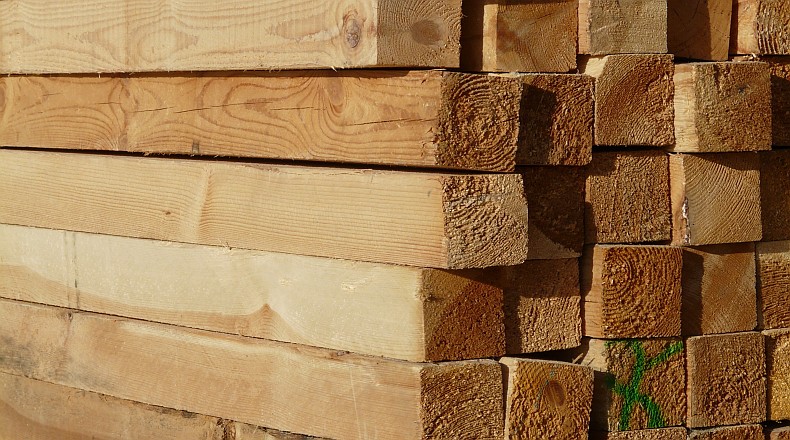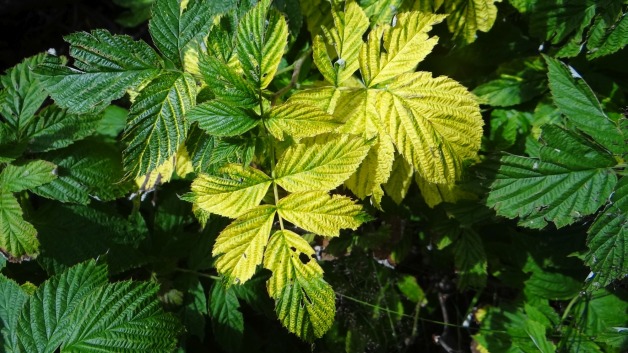In Calgary this fungus, a rust, is found mostly on Mugos. Other susceptible pine species include jack, lodgepole, ponderosa, Austrian, and Scots pines.
Easily identified by woody balls formed on branches, they can be double the diameter of the parent branch. As with all rusts, a powdery orange (rust) colored surface appears, usually in June. This is the arrival of the spores. Unlike most rusts, this species does not need an alternative host, and can pass easily from pine to pine.
Spores move in the wind and infect young shoots. Months later small galls appear, but do not produce spores till the second year. Galls that grow all the way around a branch, usually kill that branch. Galls formed on the main stem of small trees are at a place where it is easier for the trunk to break. When I find these galls, I remove them.
Tree Care Articles
Western Gall Rust of Pines
- Details
- Written by Kevin R. Lee Kevin R. Lee
- Published: 15 April 2018 15 April 2018
Articles Index
- A Mind Set for Healthy Trees
- A New Tree Care Philosophy
- A Practical Working Model of Your Tree, Part One: Mostly Roots
- A Practical Working Model of Your Tree, Part Three: Leaves
- A Practical Working Model of Your Tree, Part Two: Trunk and Stem
- A weeping apple, some deer, and an arborist
- A Year in the Life of Your Tree - 1
- A Year In the Life of Your Tree - 2
- A Year In the Life of Your Tree - 3
- A Year In the Life of Your Tree - 4
- A Year In the Life of Your Tree - 5
- A Year In the Life of Your Tree - 6
- A Year In the Life of Your Tree - 7
- A Year in the Life of Your Tree - 8
- An arborist thinks on compartmentalization
- An Arborist's Education
- Ash Leaf-Cone Roller
- Ash Trees
- Aspens
- Birch
- Botany 1: The whole tree
- Botany 2: What do trees eat?
- Bud Scars
- Burning Bush
- Calgary Soils
- Calgary weather, snow pack, and the drought
- Calgary, from a tree's perspective
- Calgary's Most Dangerous, Dutch Elm Disease
- Calgary's most dangerous: Pseudomonas syringae
- Calgary’s most dangerous: Black knot
- Calgary’s Most Dangerous: Fire blight
- Calgary’s Most Dangerous: The Yellow-Headed Sawfly
- Caragana
- Caring For Your Trees This Winter
- Cell Walls
- Cherry Shrubs
- Cherry Trees
- Conifer Introduction
- Conifer Shrubs
- Conifers
- Cotoneaster
- Cranberries
- Currants
- Debunking Old Tree Myths
- Demystifying Tree Pruning
- Diagnosing Tree Problems
- Diplodia Gall of Poplar
- Dogwoods
- Dr. Alex Shigo
- Eating Apples and Other Hardy Prairie Fruit
- Elders
- Elms
- Epidermis
- Fall Needle Drop of Conifers
- Fertilizer
- Fertilizer 1
- Fertilizer 2: Trees
- First post Feb 23 2018
- Flowering Crabs
- Forsythia
- Fungal afflictions
- Growing Trees in Calgary
- Growing trees in Calgary, hands-on
- Haiku for spring
- Hardiness Zones
- Hawthorns
- Honeysuckles
- How to Have a Successful Tree
- Hydrangea
- In Defence, the Bronze Birch Borer (BBB)
- Introduction to Botany Talks
- Kate's Mayday
- Lack of connection
- Leaves
- Lilacs: French
- Lilacs: Pruning
- Linden
- List of Best Calgary Tree Choices - Evergreens
- Maintaining your pruning tools
- Maples
- Meristems: SAM and RAM
- Mid-Season Gratitude Post
- Mock Orange
- Mountain Ash
- Mugo Pines 1
- Mugo Pines 2
- Mugo Pines 3: Pruning
- My readers, my reasons
- Native Shrubs
- Needle Casts of Spruce
- Ninebark
- Oaks
- Ohio Buckeye
- Old Hacked Apple Trees -- Pruning a Tangle
- Organic Tree Work, Empowering Trees and People.
- Oyster Shell Scale
- Phloem
- Phomopsis Canker of Russian Olive
- Planting 1: Species selection
- Planting 2: Site selection
- Planting 3: Buying your tree
- Planting 4: Root crown identification
- Planting 5, Digging the hole, planting the tree
- Planting 6: Staking
- Planting 7: Watering
- Planting a Tree - Selection
- Planting a Tree - Setting, Staking and Watering
- Polemic and straight talk: the Swedish Columnar Aspen
- Poplars
- Proper Tree Pruning
- Pruning - More Reasons Why
- Pruning in Calgary with Nature in Mind
- Pruning Theory - Tools
- Pruning Theory - Why?
- Pruning tools you need
- Quotes
- Random thoughts from a Calgary Arborist and Tree Surgeon
- Reference books for Arboriculture
- Roots
- Russian Olive
- Septoria Canker on Poplar
- Shrub Introduction
- Shrub Pruning 1 - Theory
- Shrub Pruning 2 - Size Control
- Shrub Pruning 3 - Final
- Shrub Pruning for Size Control
- Shrub Pruning for Size Control 2
- Shrub Pruning Theory
- Slime Flux
- Soils - 1
- Soils - 2
- Spring?
- Stems
- Symptoms of a dry tree
- Symptoms of a sick tree
- The Mountain Ash
- The Three Cell Types
- Thinking of becoming an arborist?
- Toba Hawthorn: Pruning a tangle
- Tree Poem
- Tree Pruning Theory
- Tree Repair
- Tree Repair - 1
- Tree Repair - 2
- Tree Repair - 3
- Tree Repair - 4
- Trees and Their Interactions with Other Organisms
- Two Failures, Griffin Poplar, Manchurian Ash
- Vascular Cambium
- Walnuts
- Watering
- Watering a Birch
- Watering Calgary Trees
- Western Gall Rust of Pines
- What is Tree Whispering?
- When Should a Tree Be Removed?
- White Fly
- White Spruce
- Why is My Tree Dying?
- Willow Redgall sawfly
- Willows
- Wolf Willow
- Woolly Elm Aphid
- Xylem
- Yellow leaves: Chlorosis

